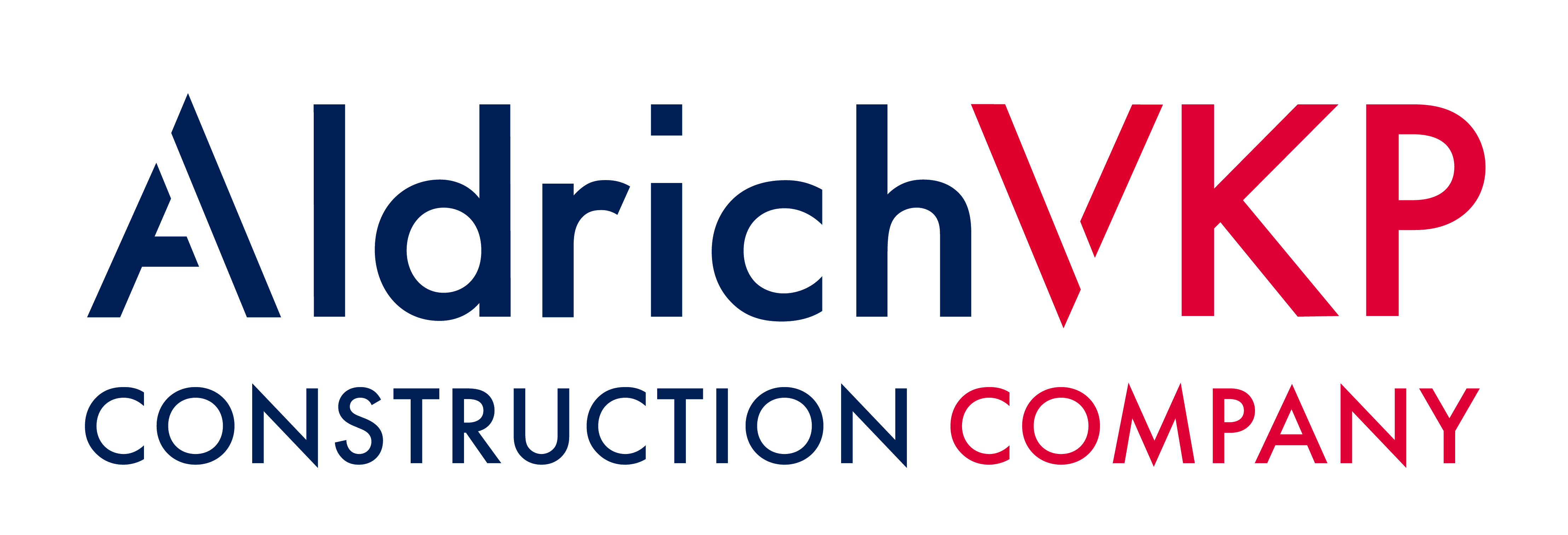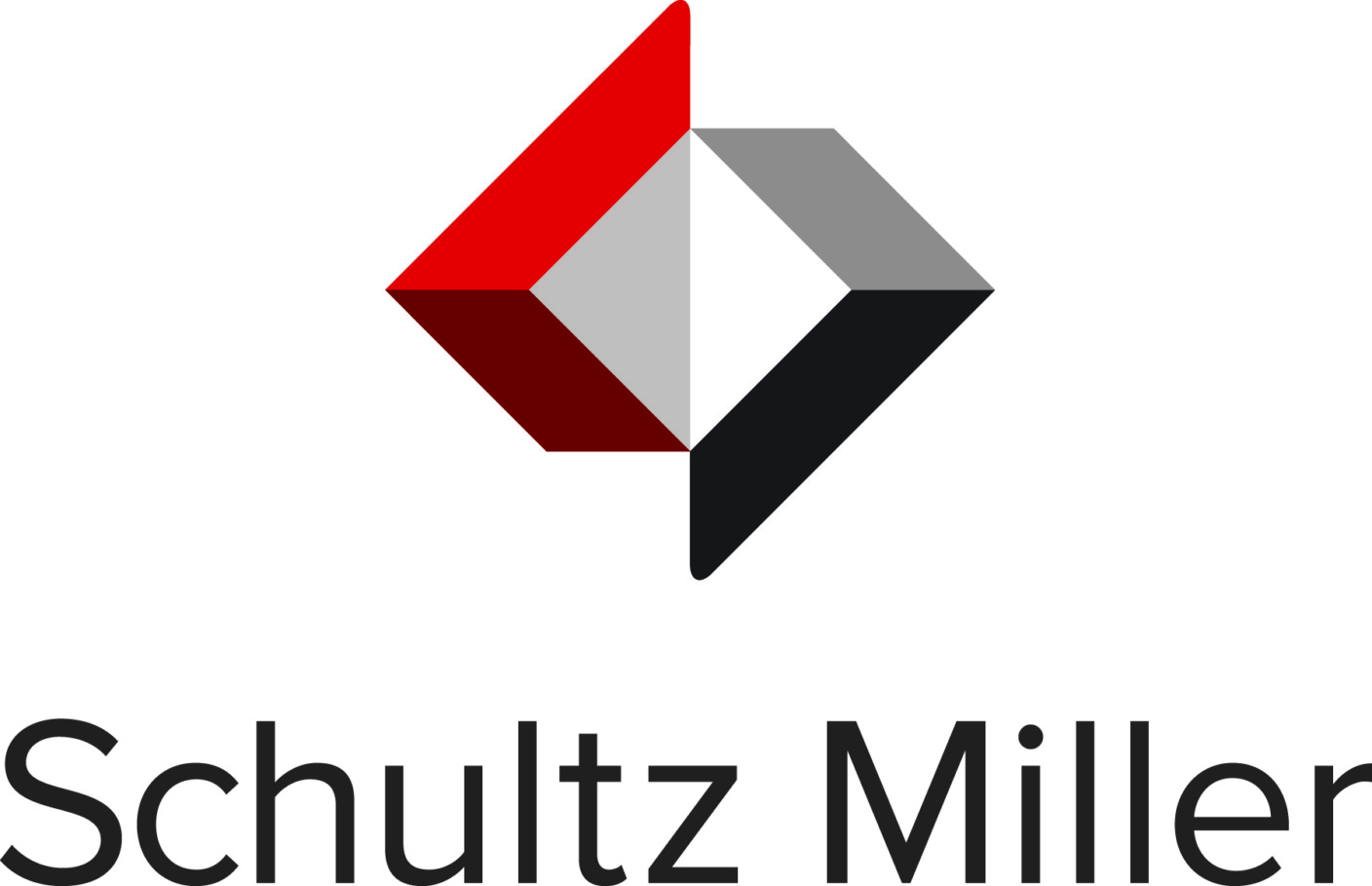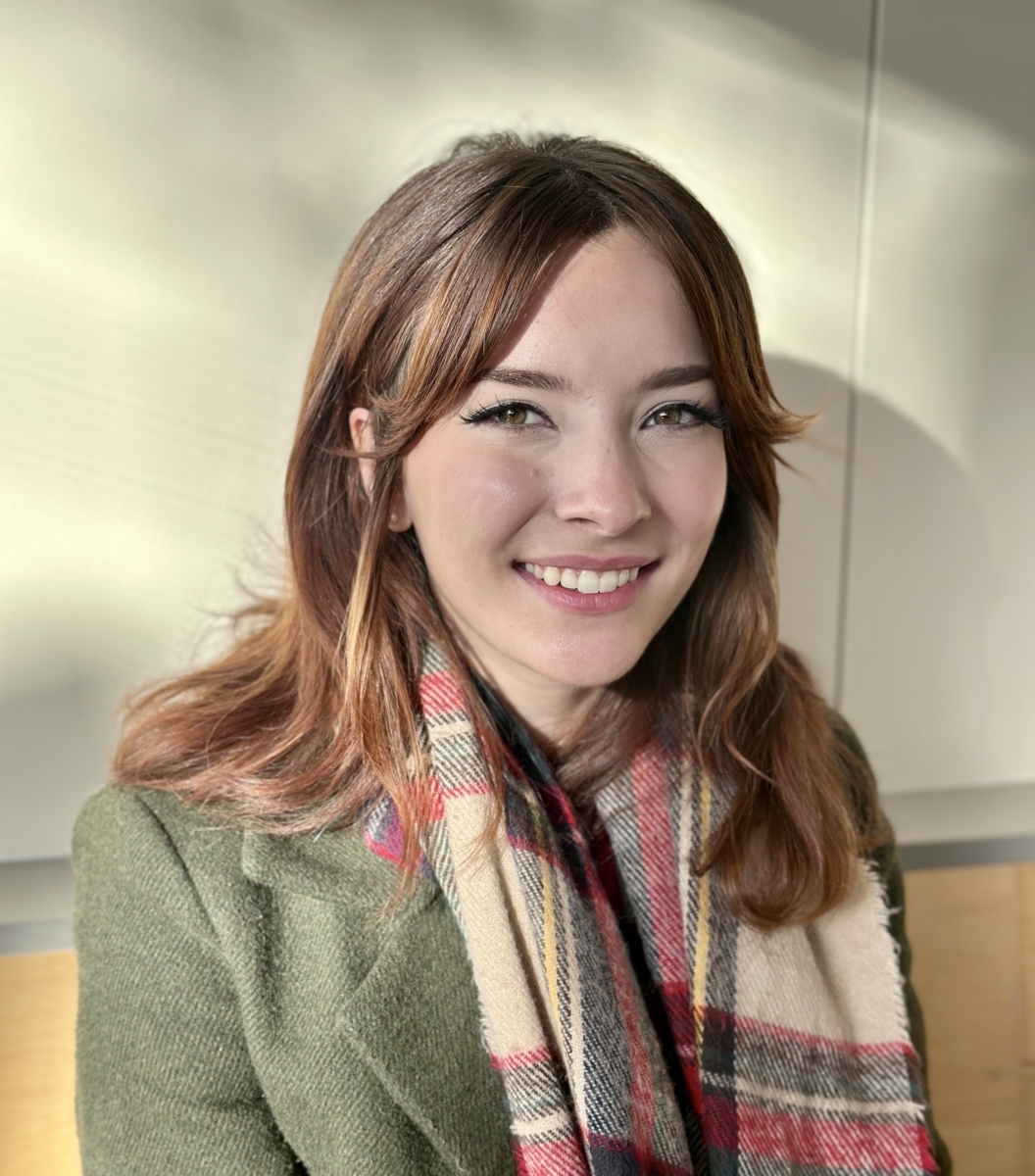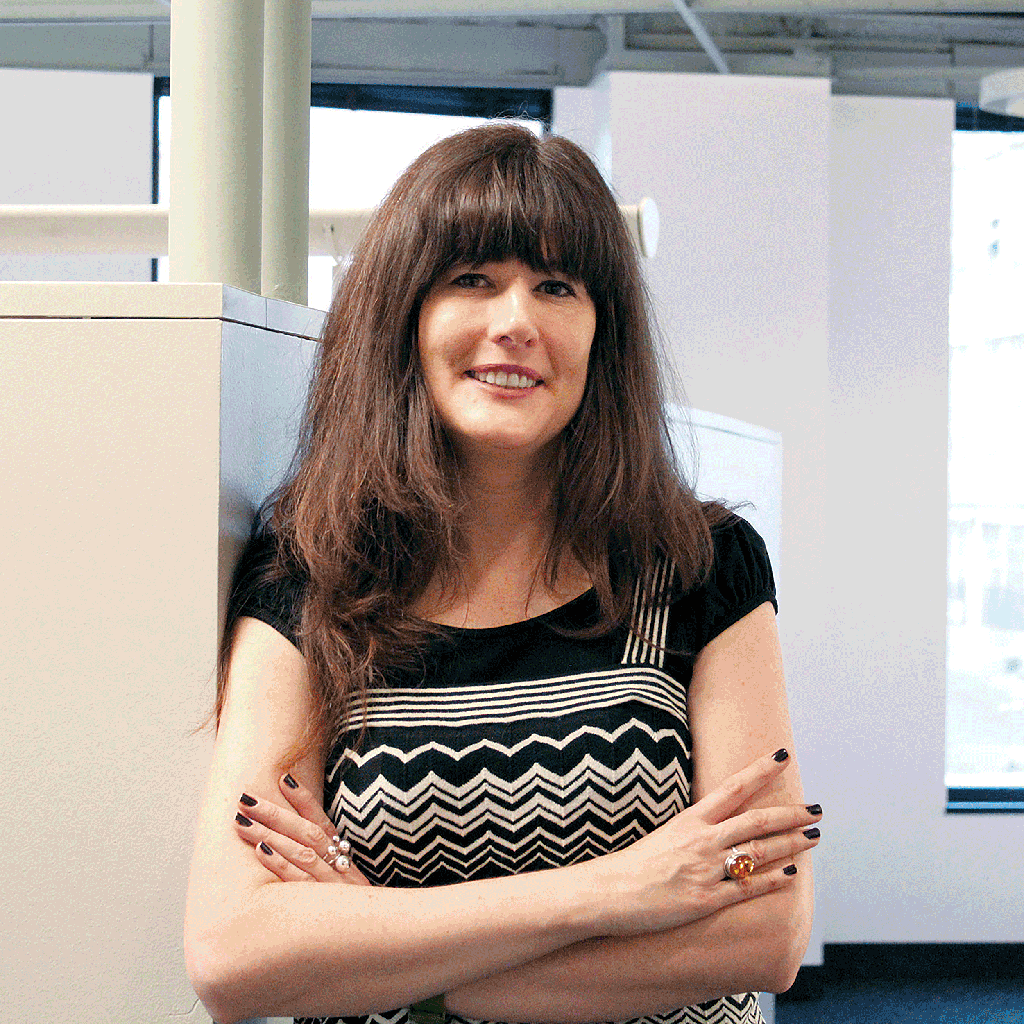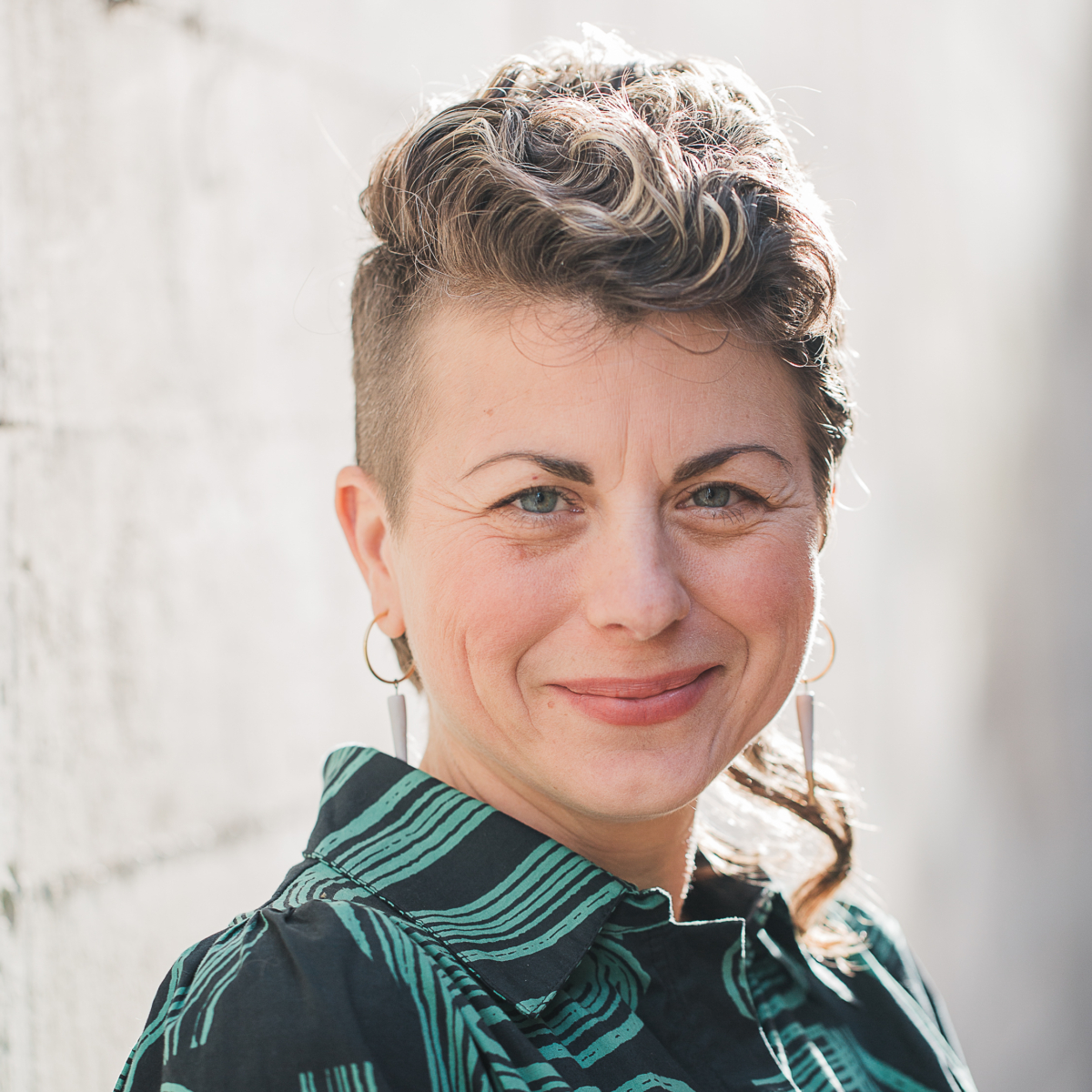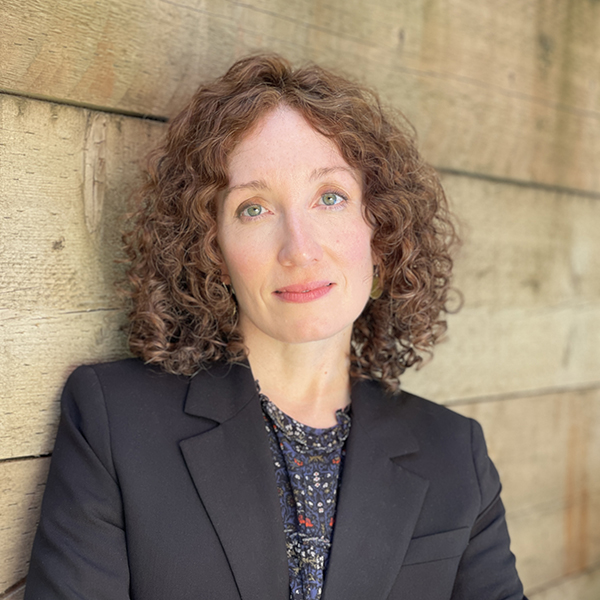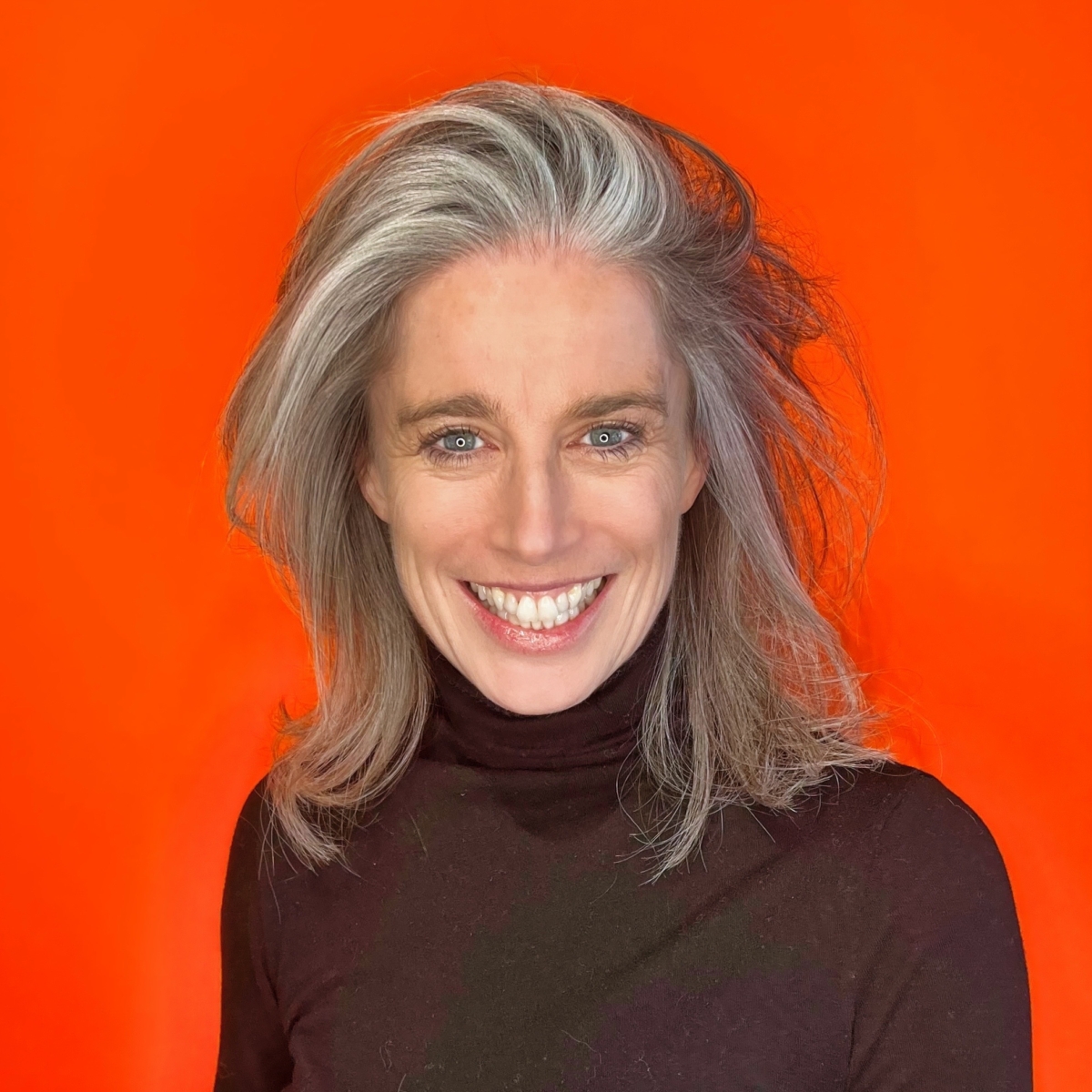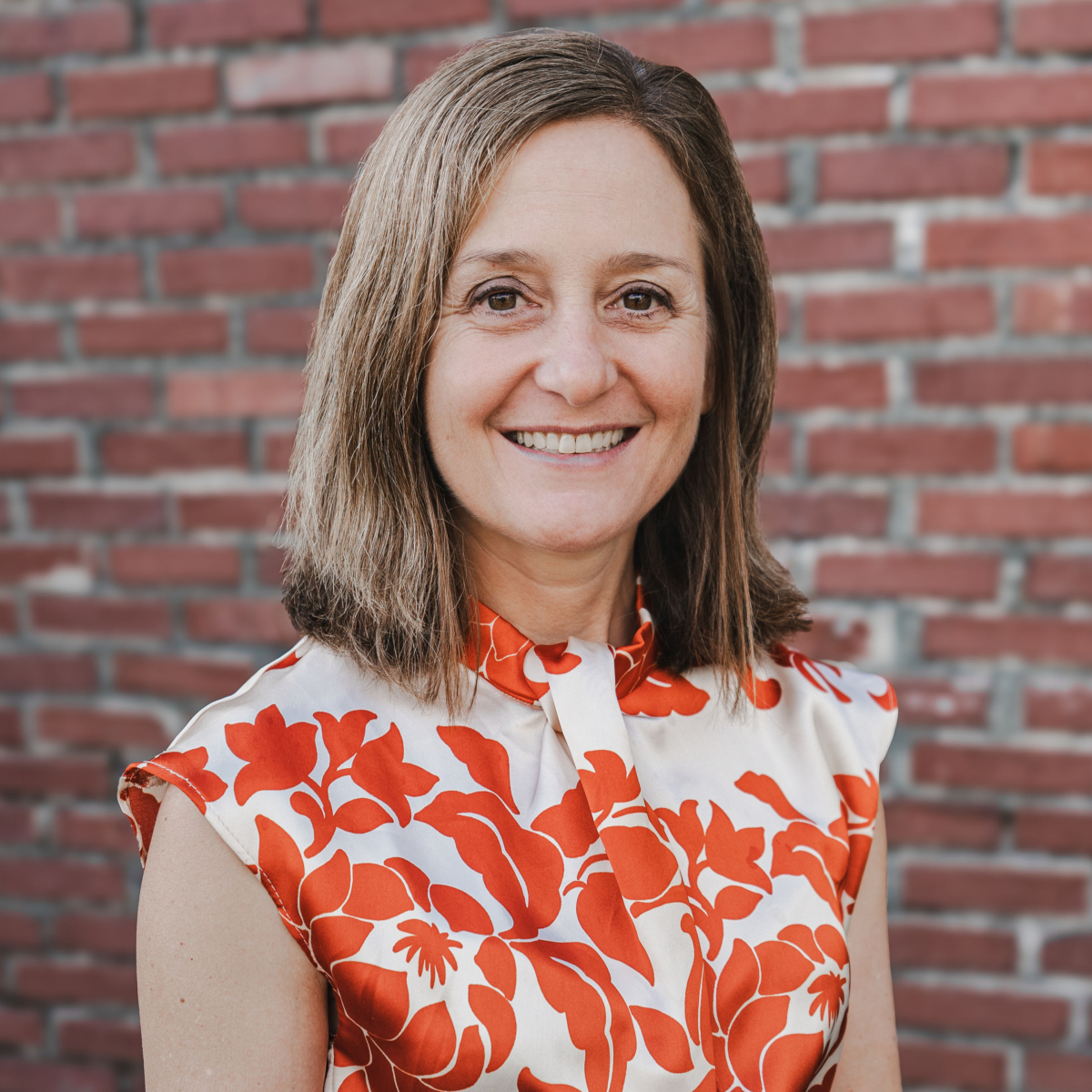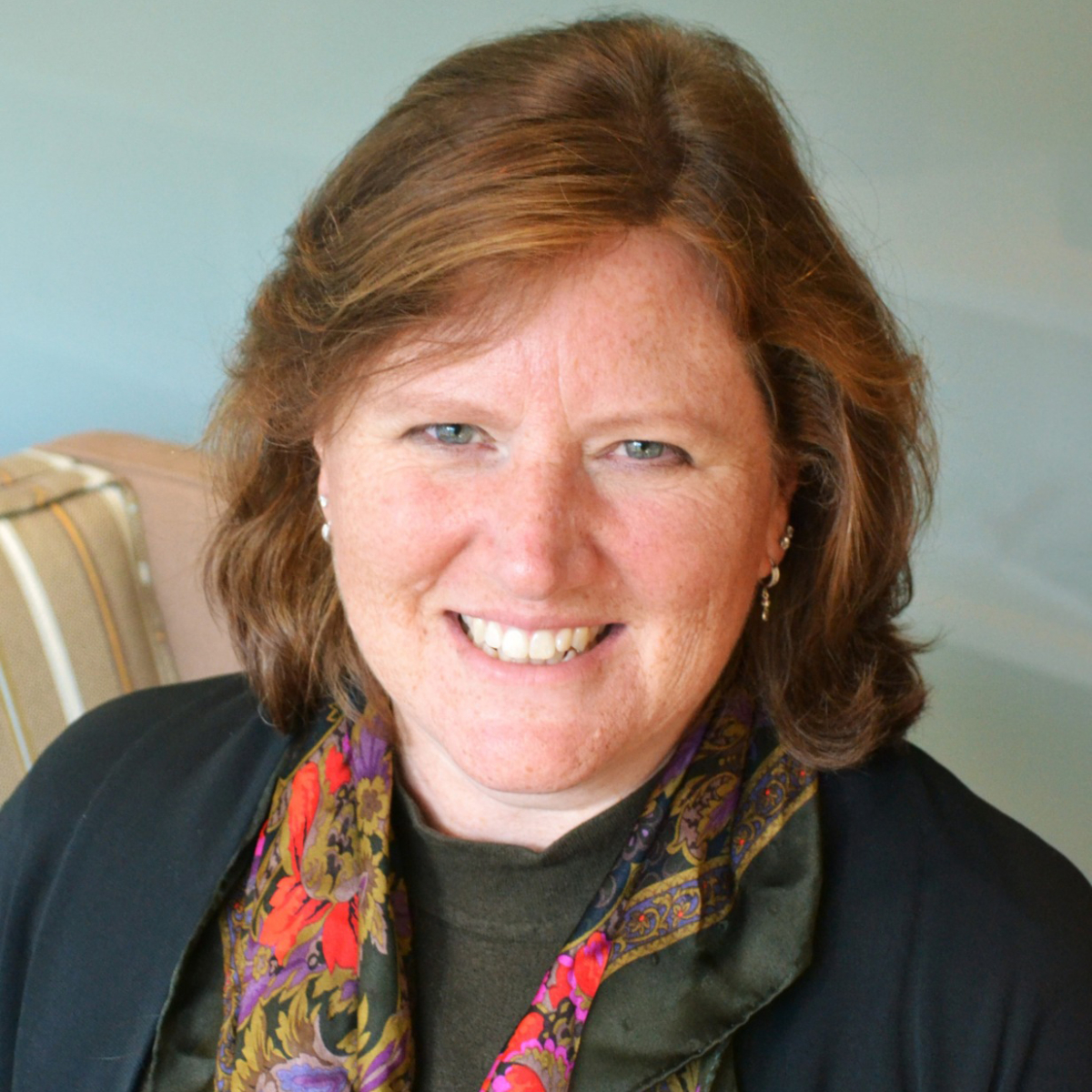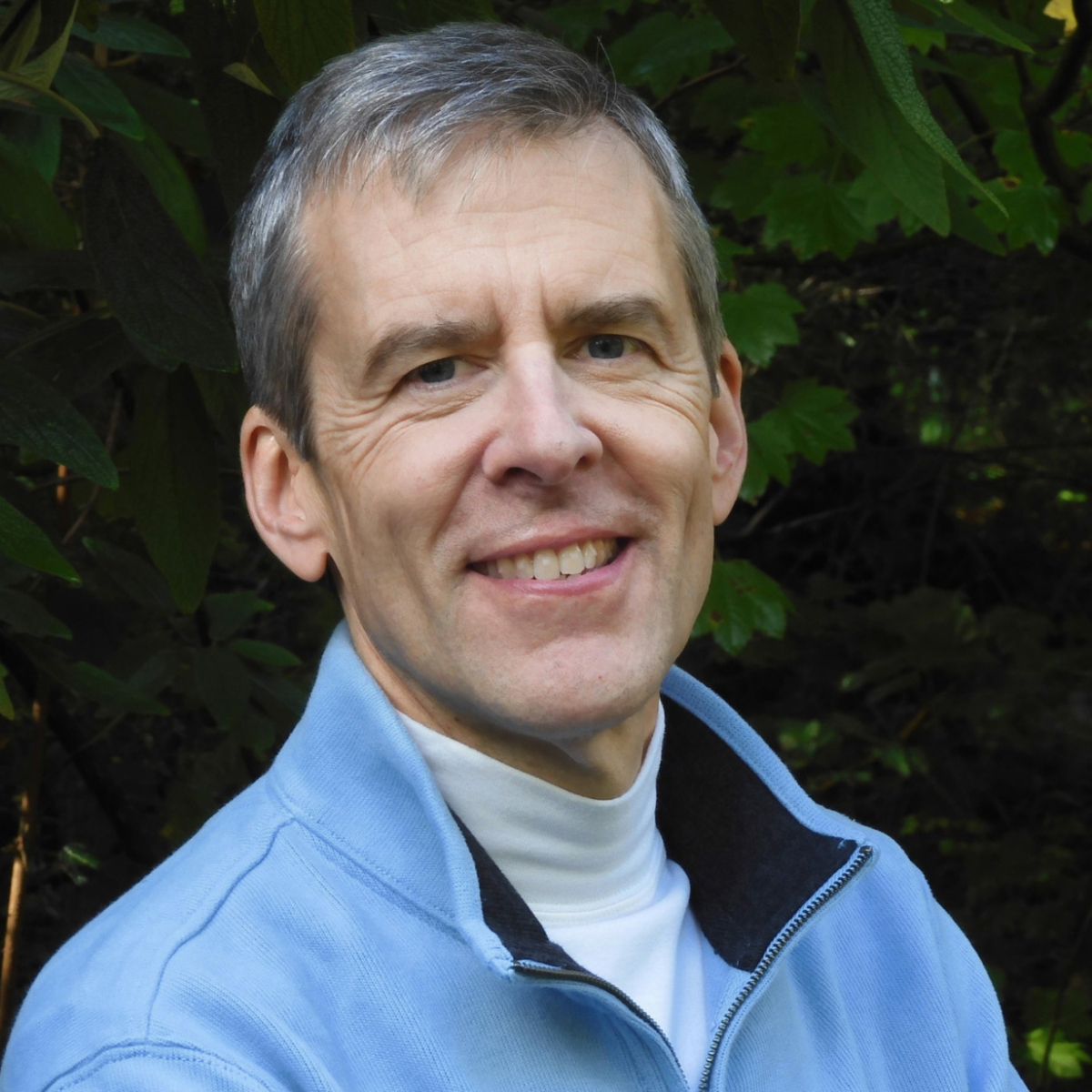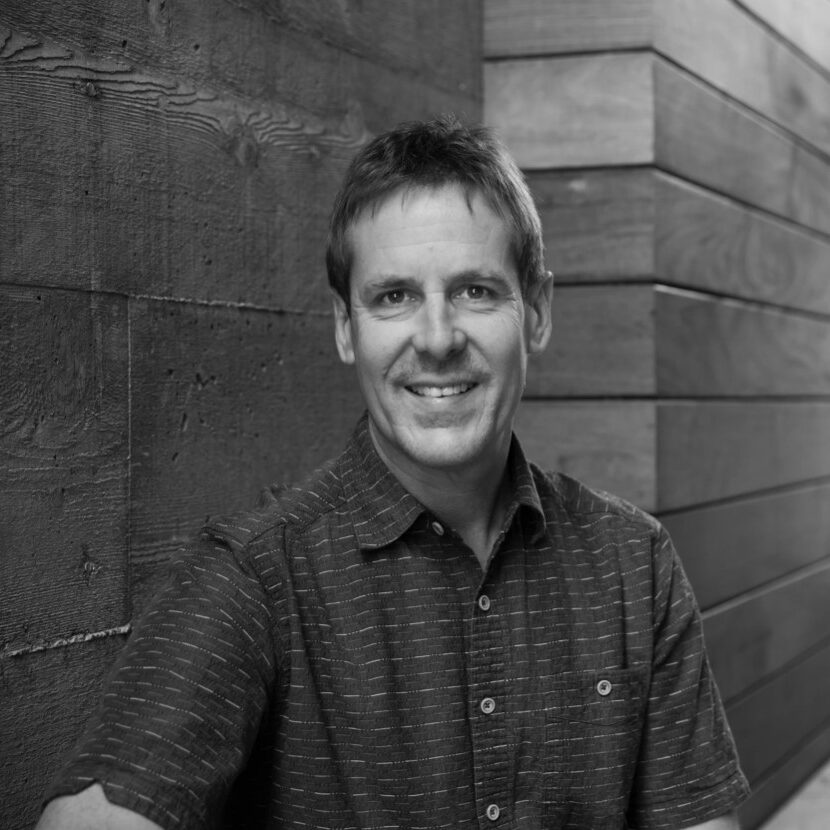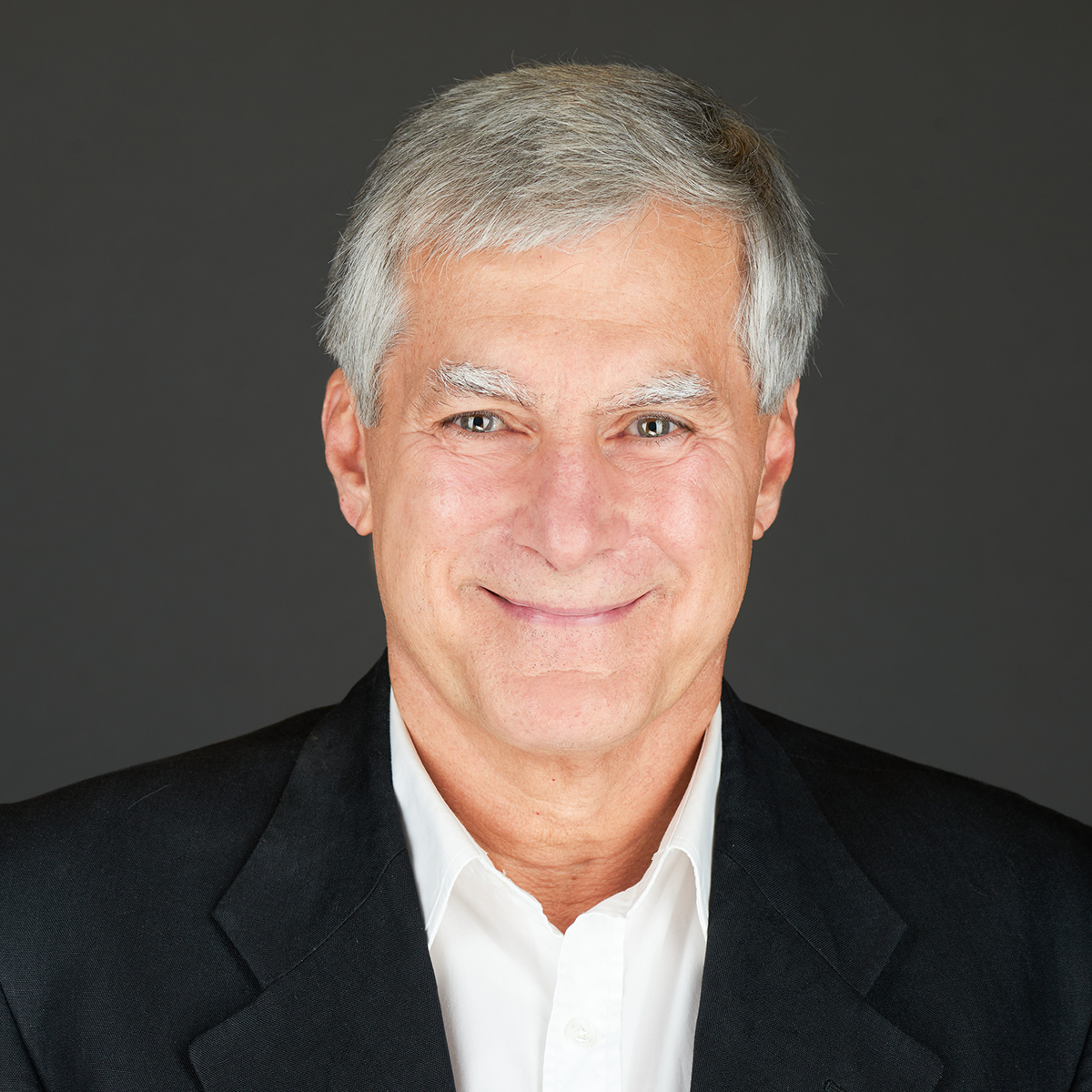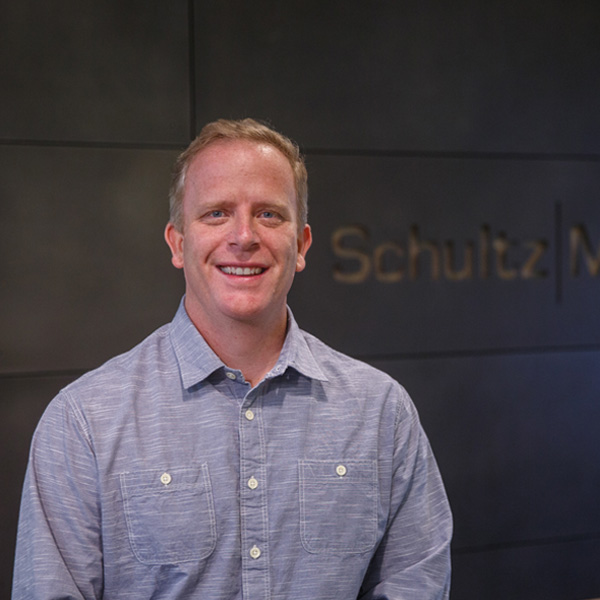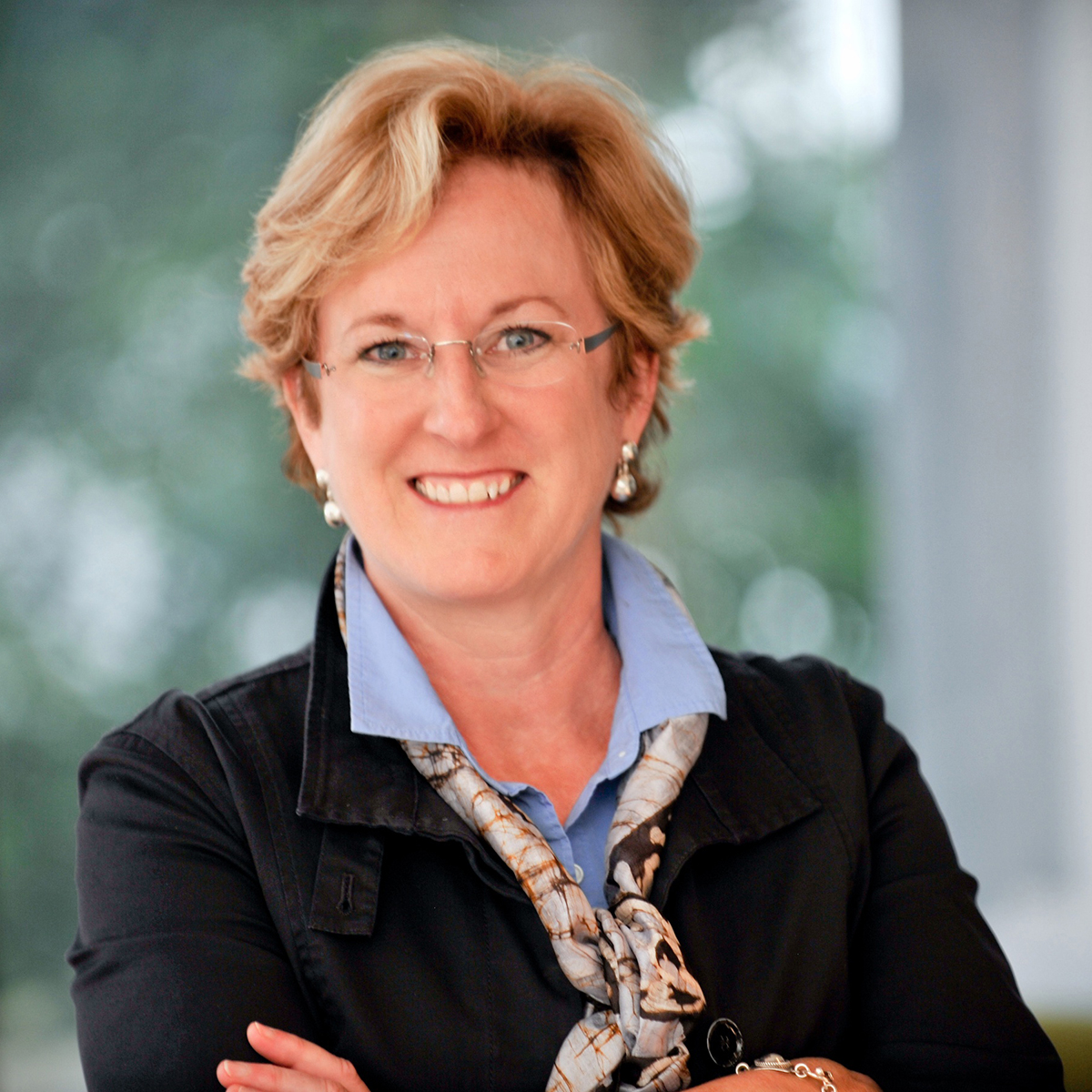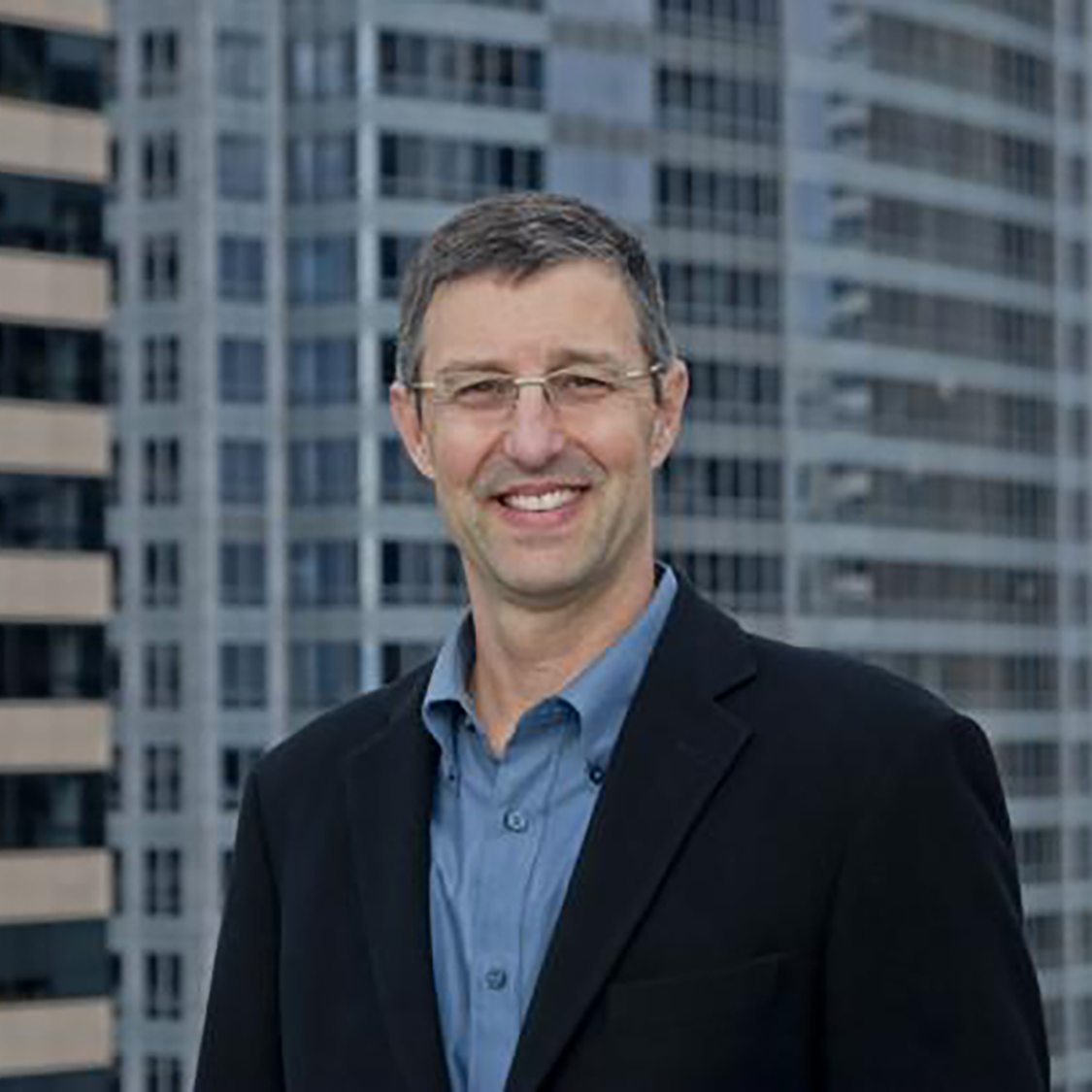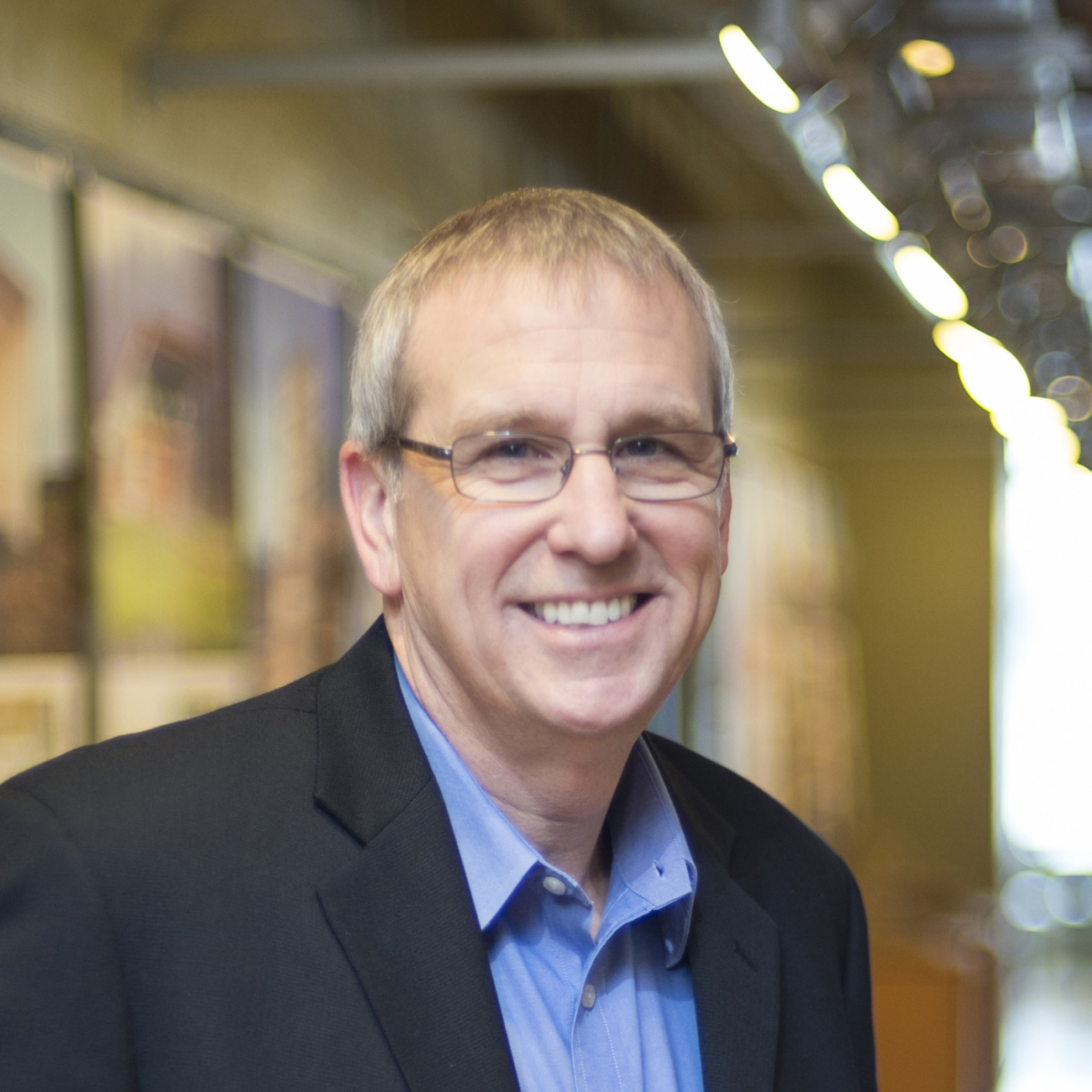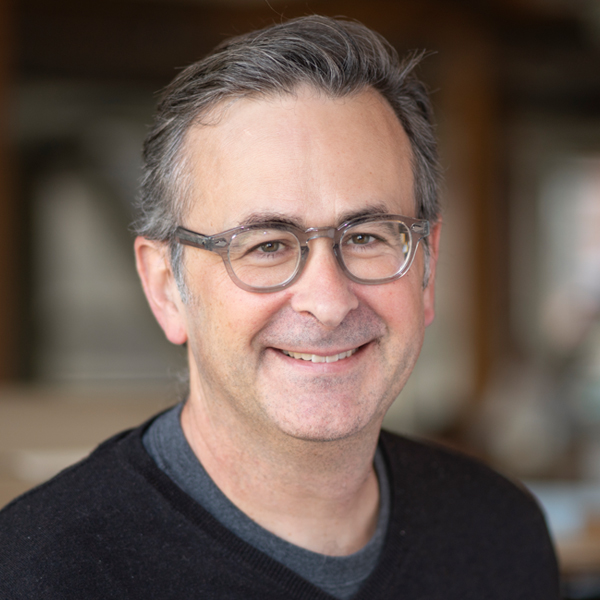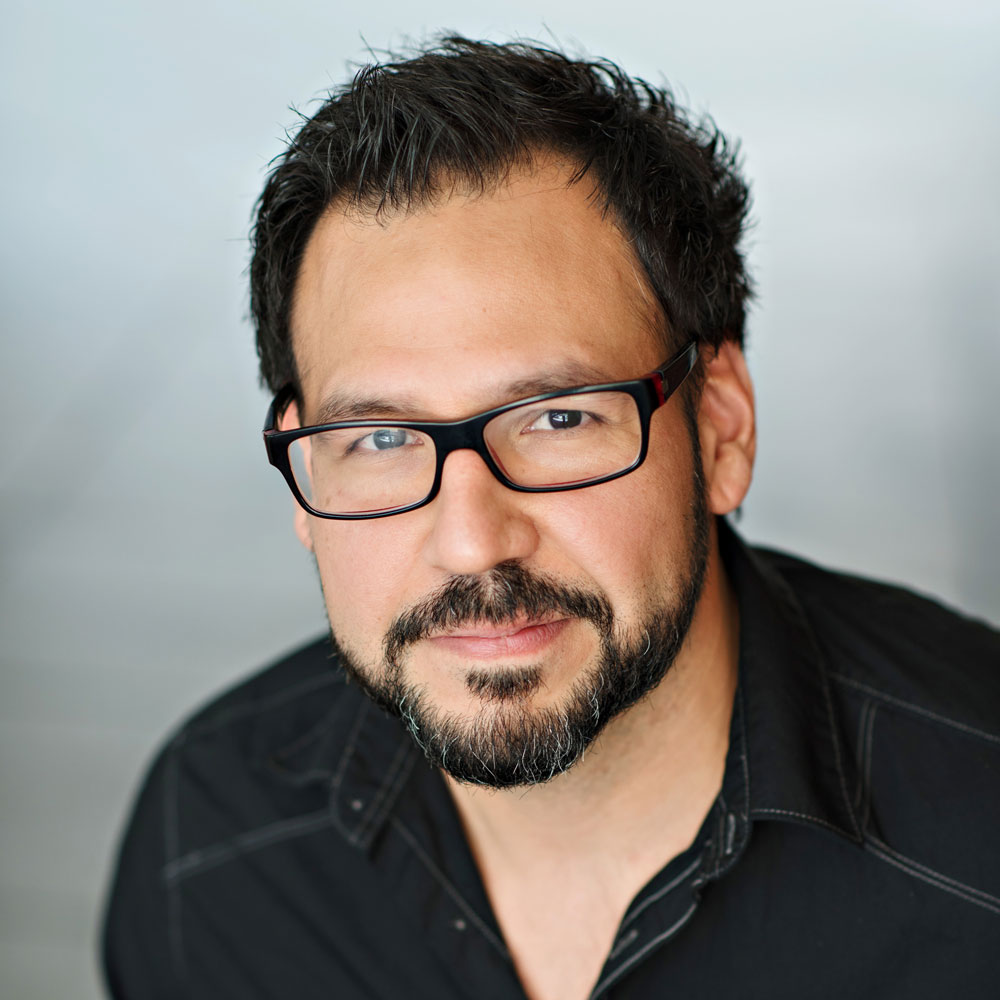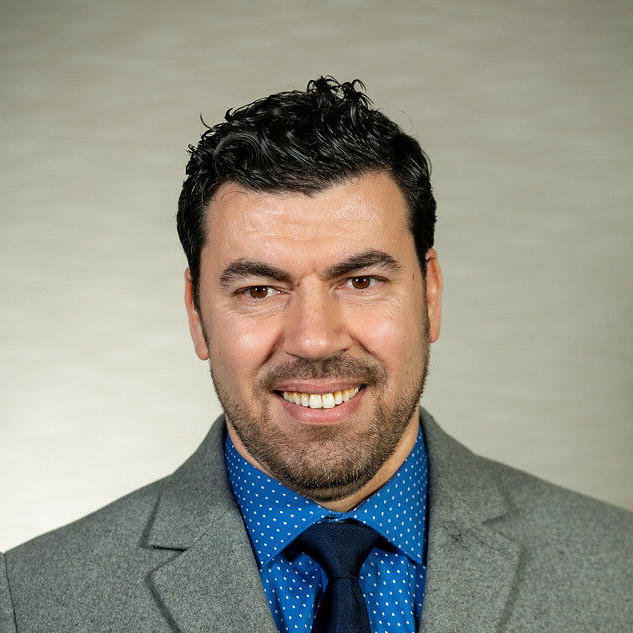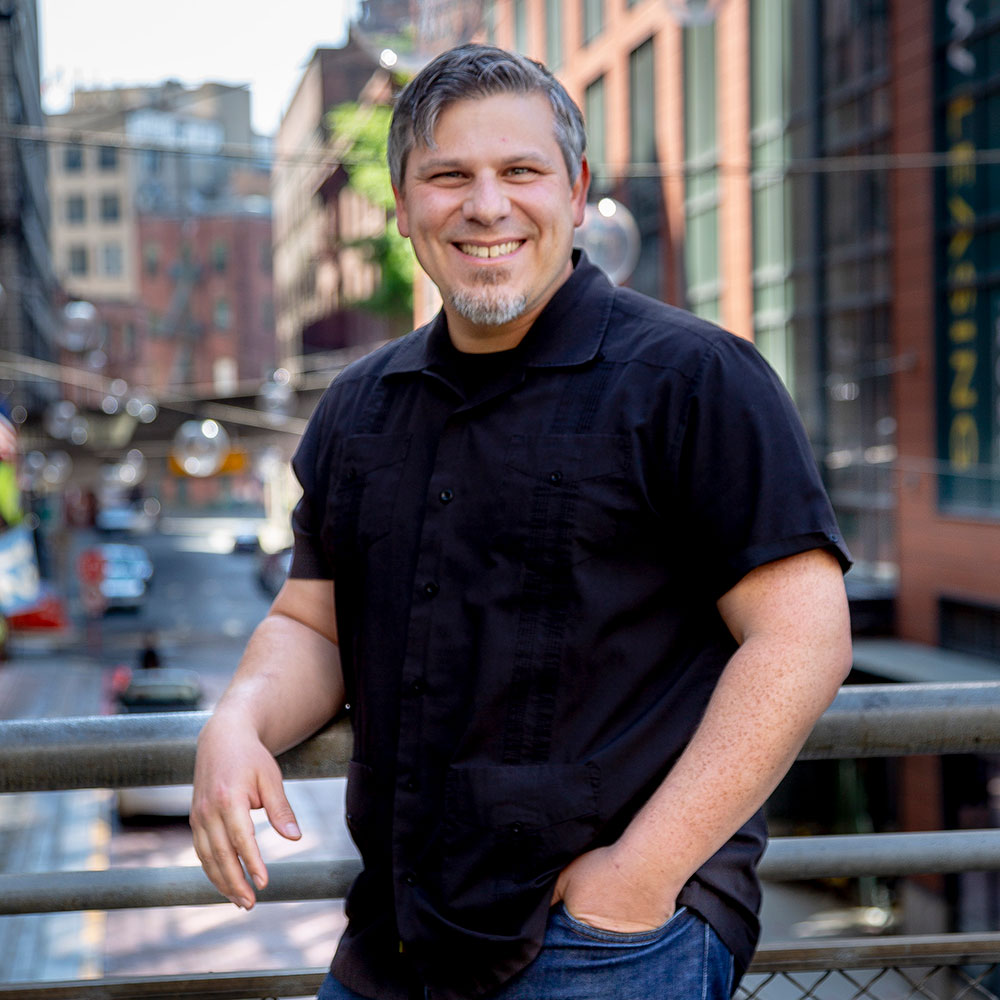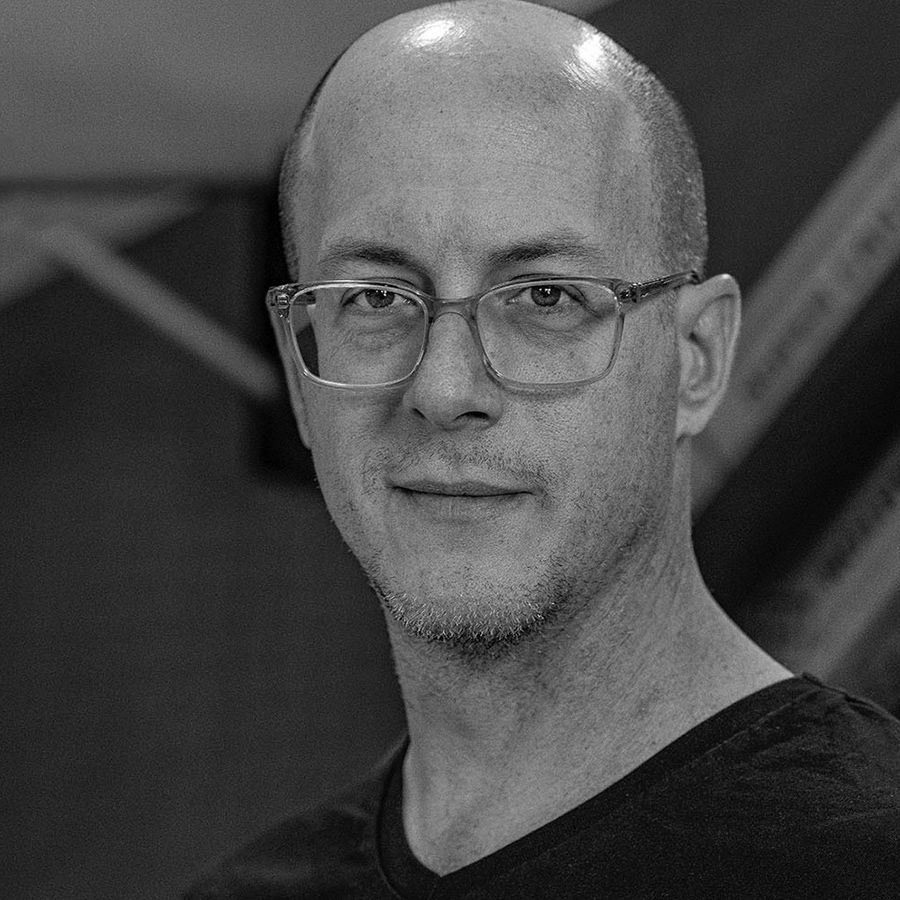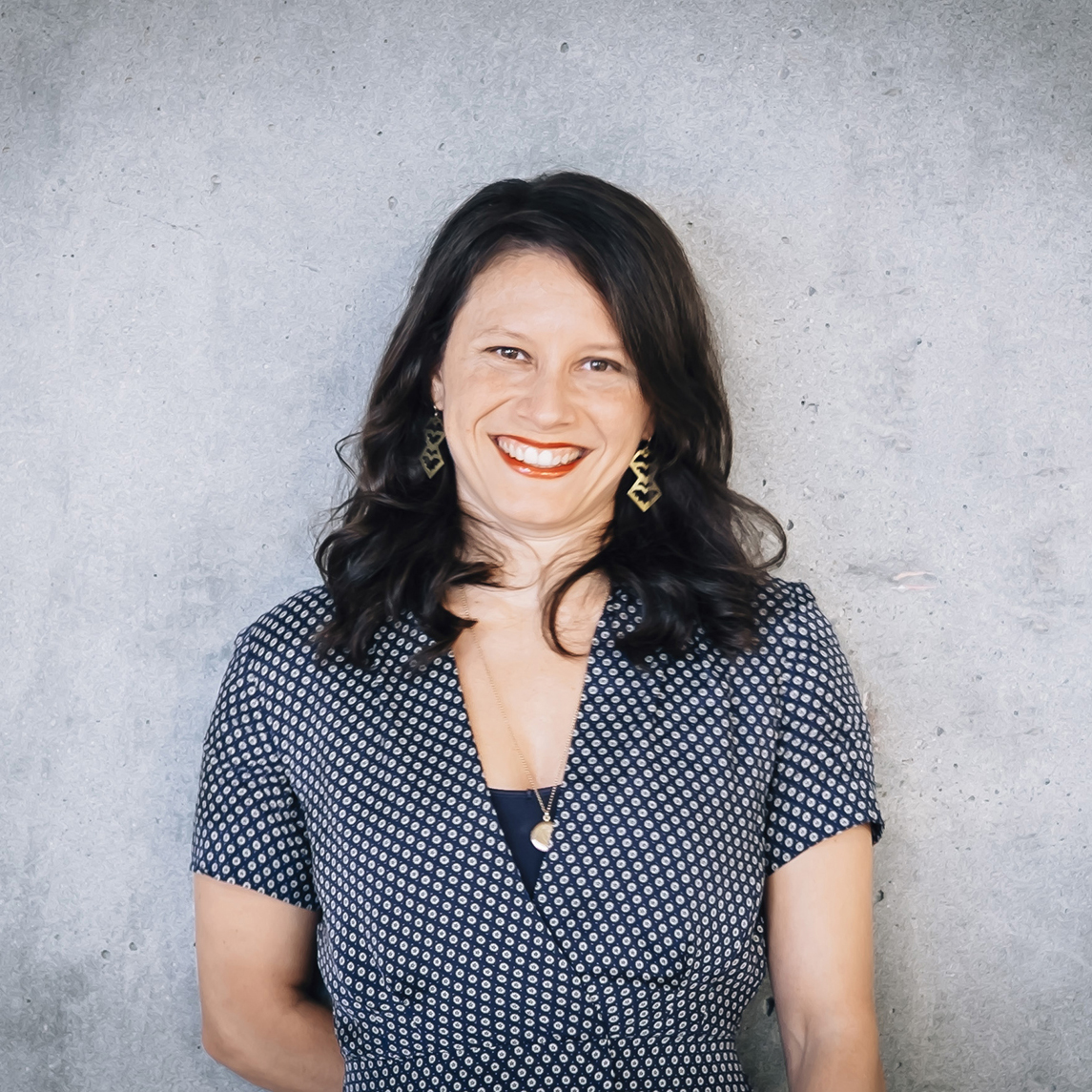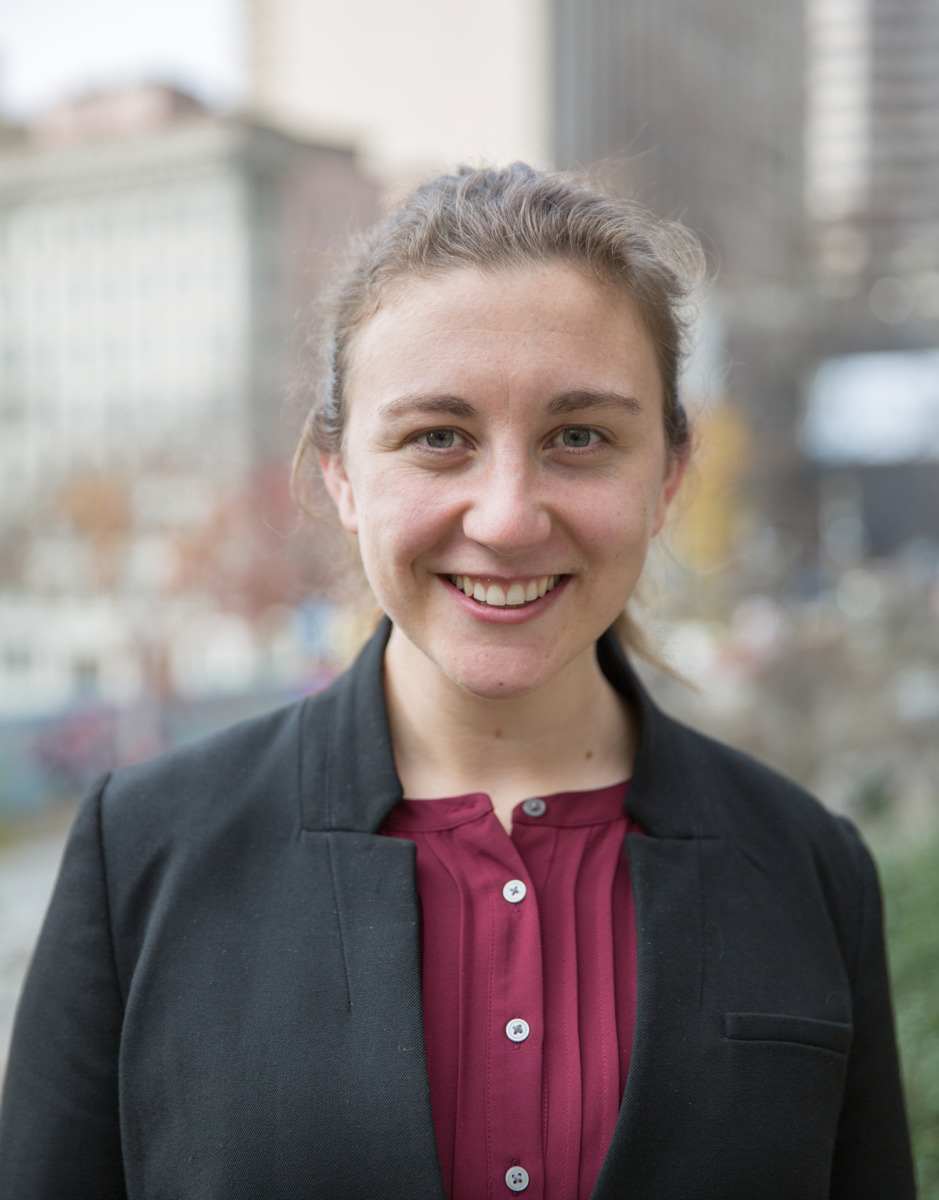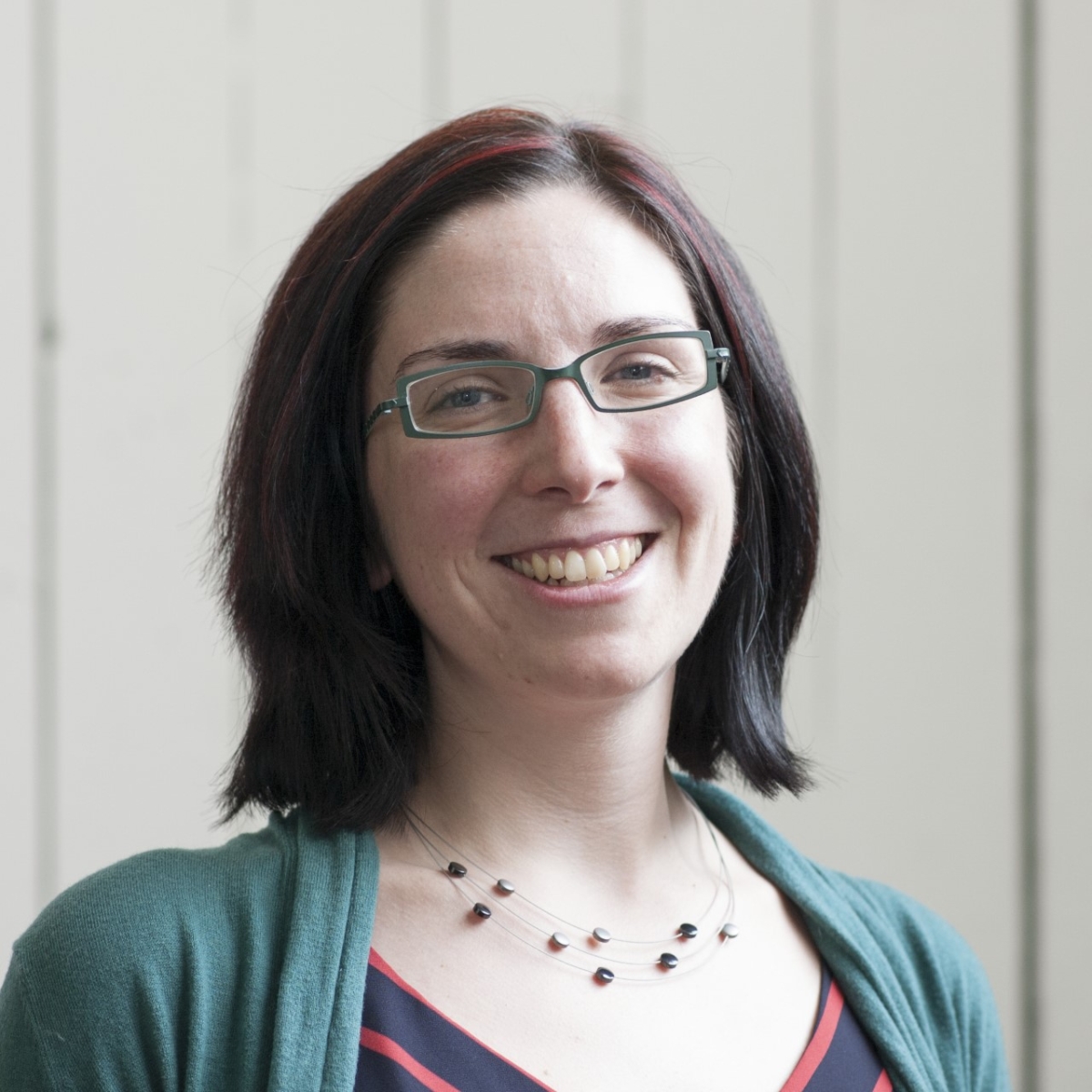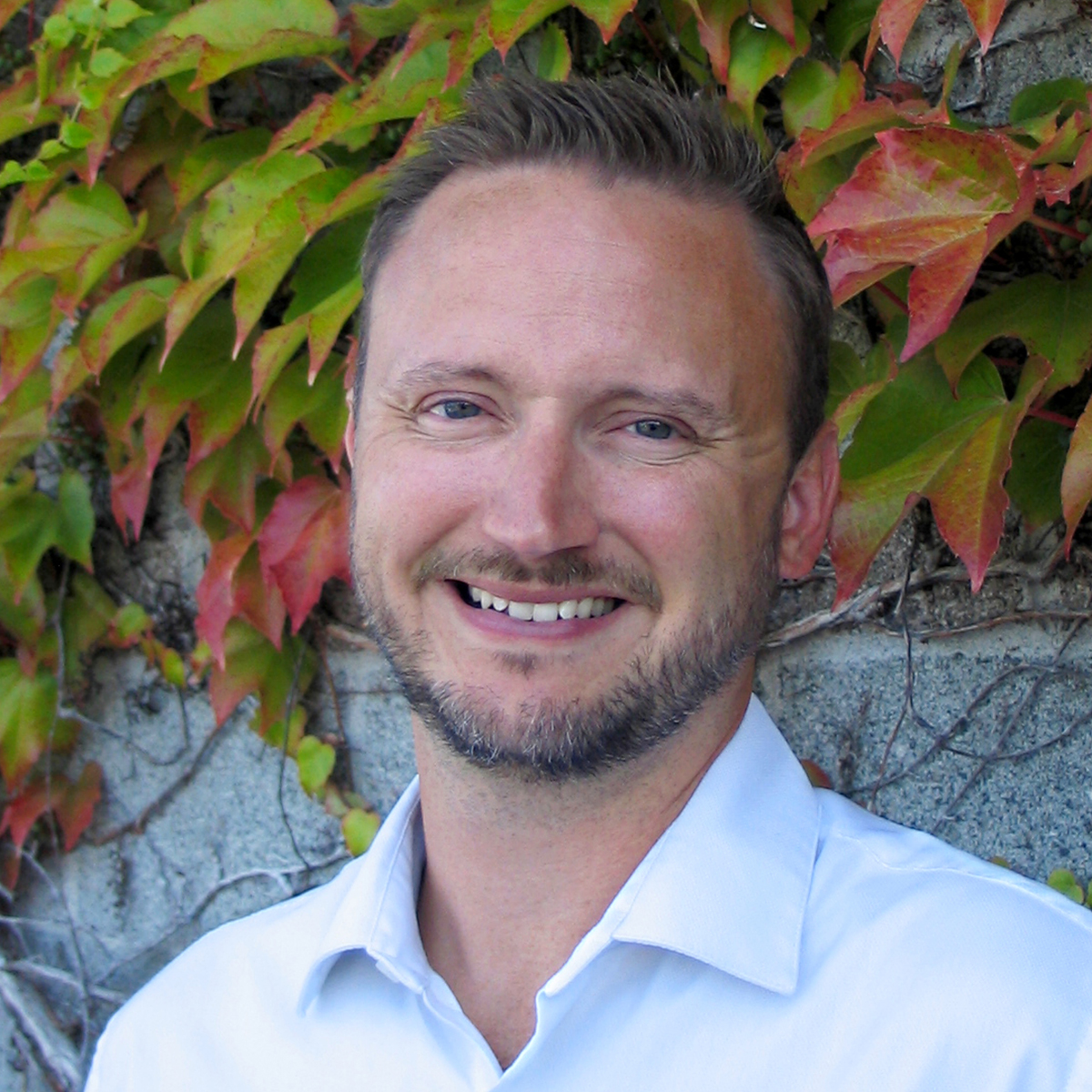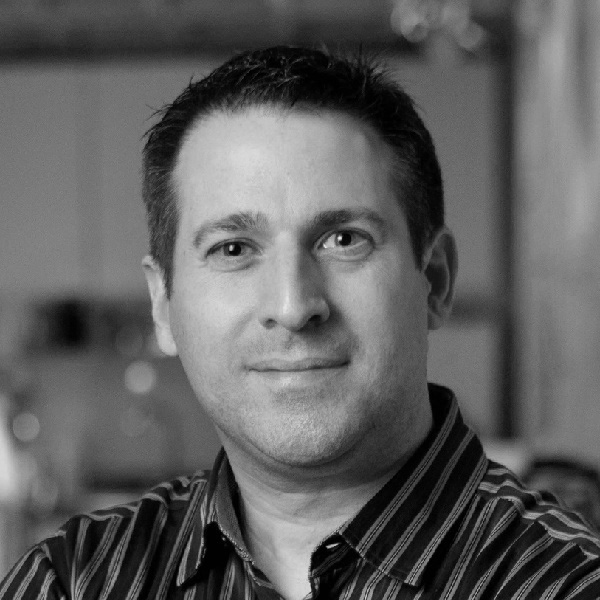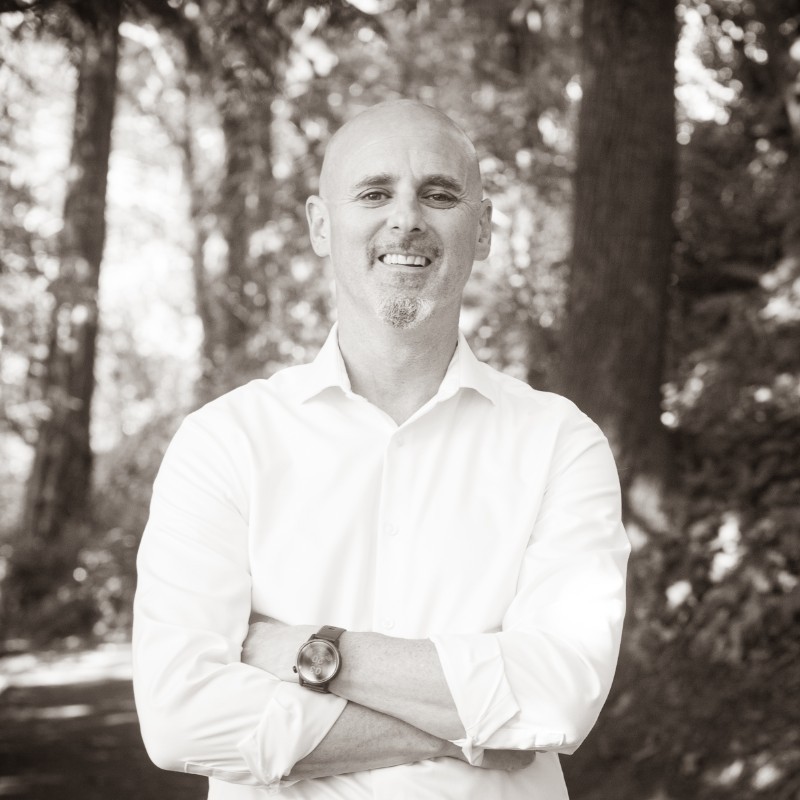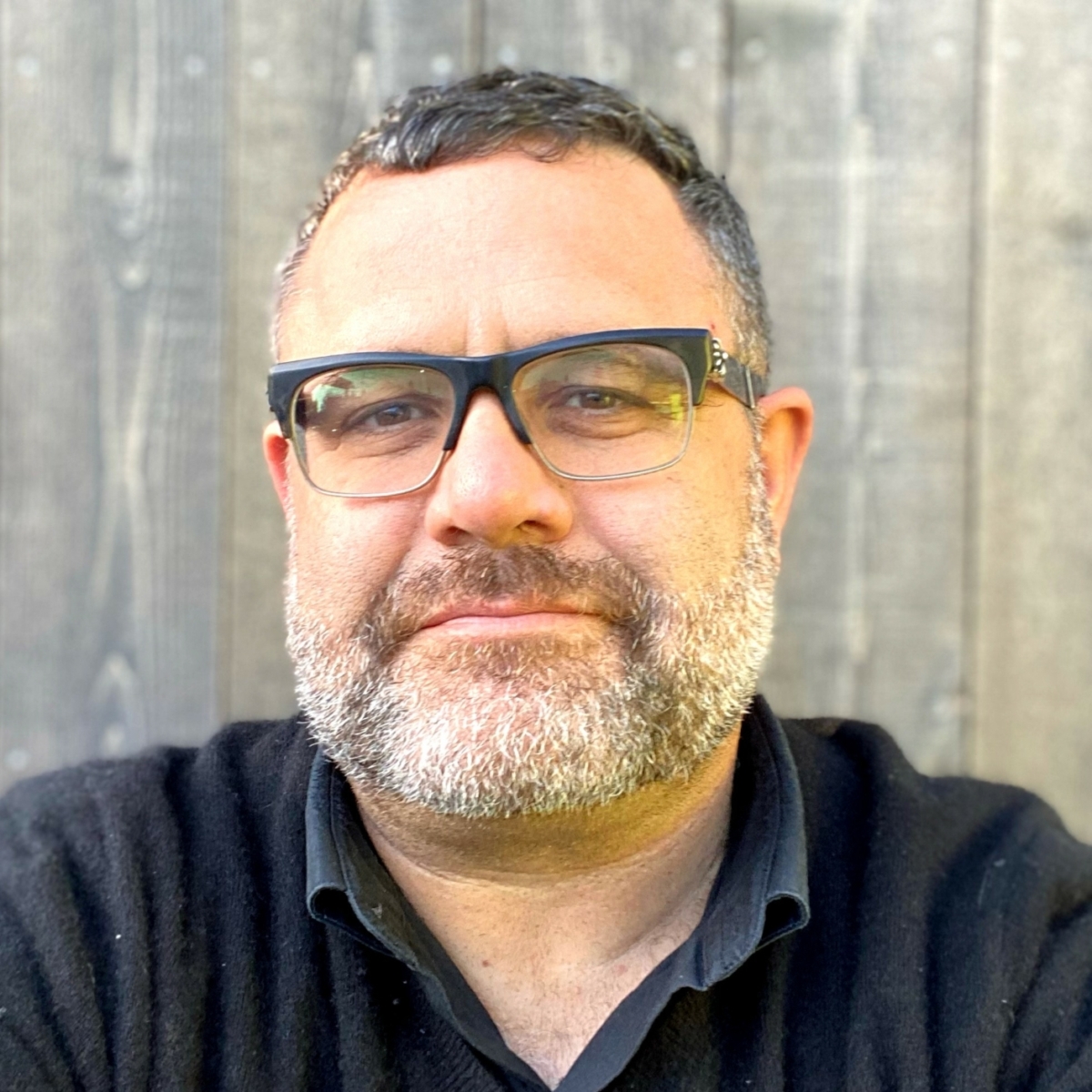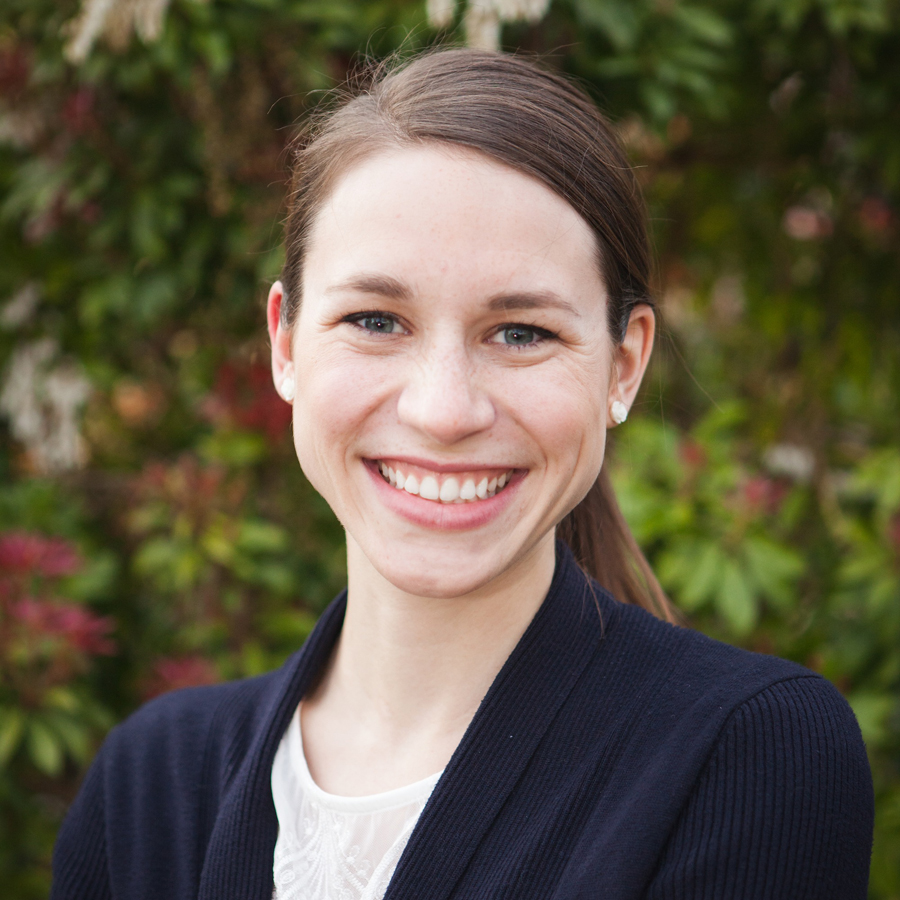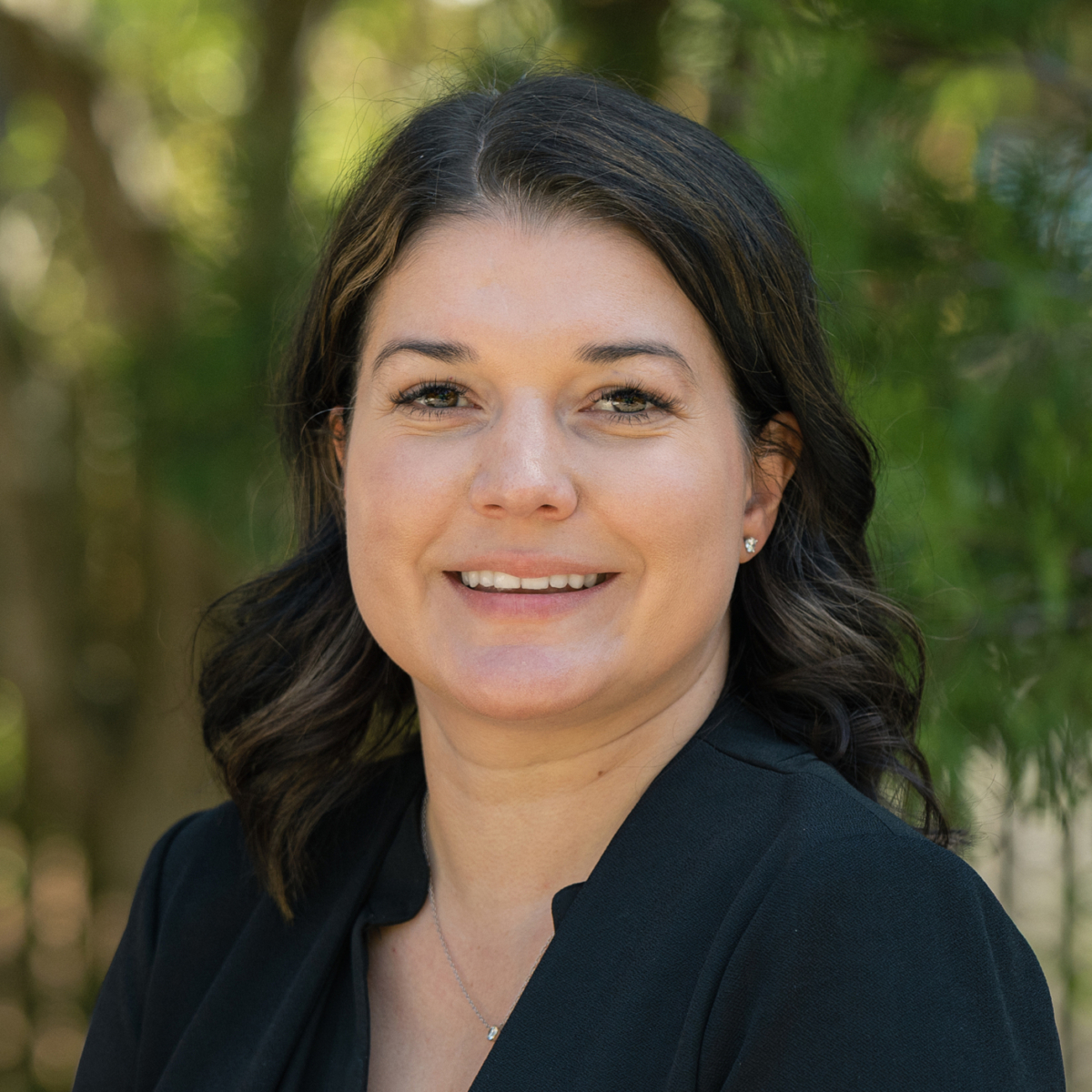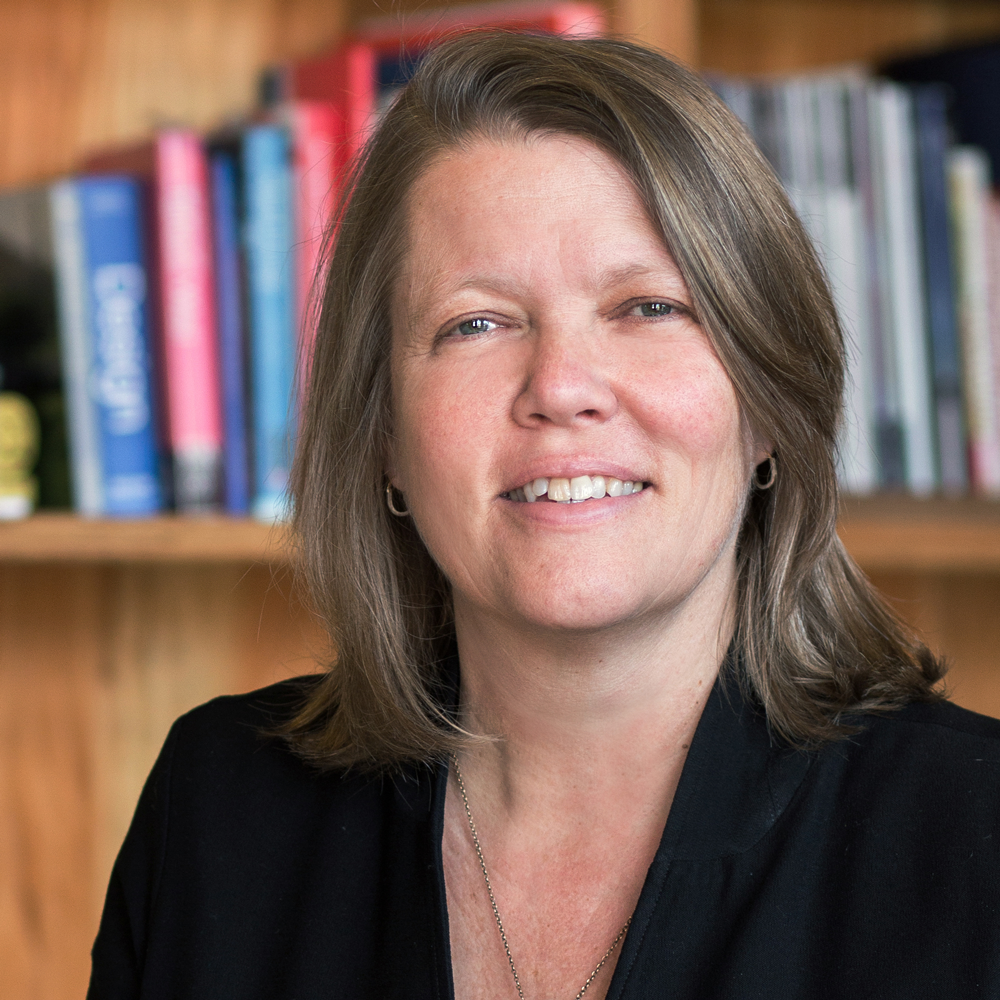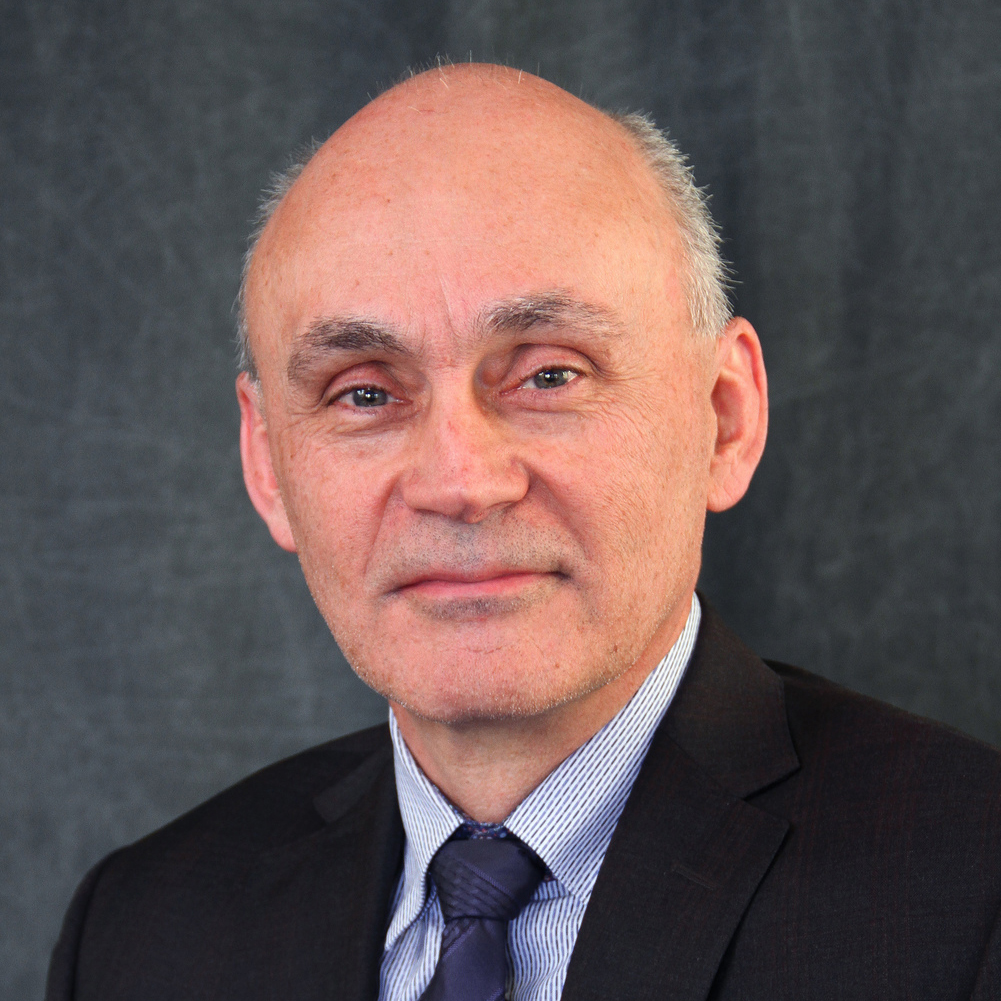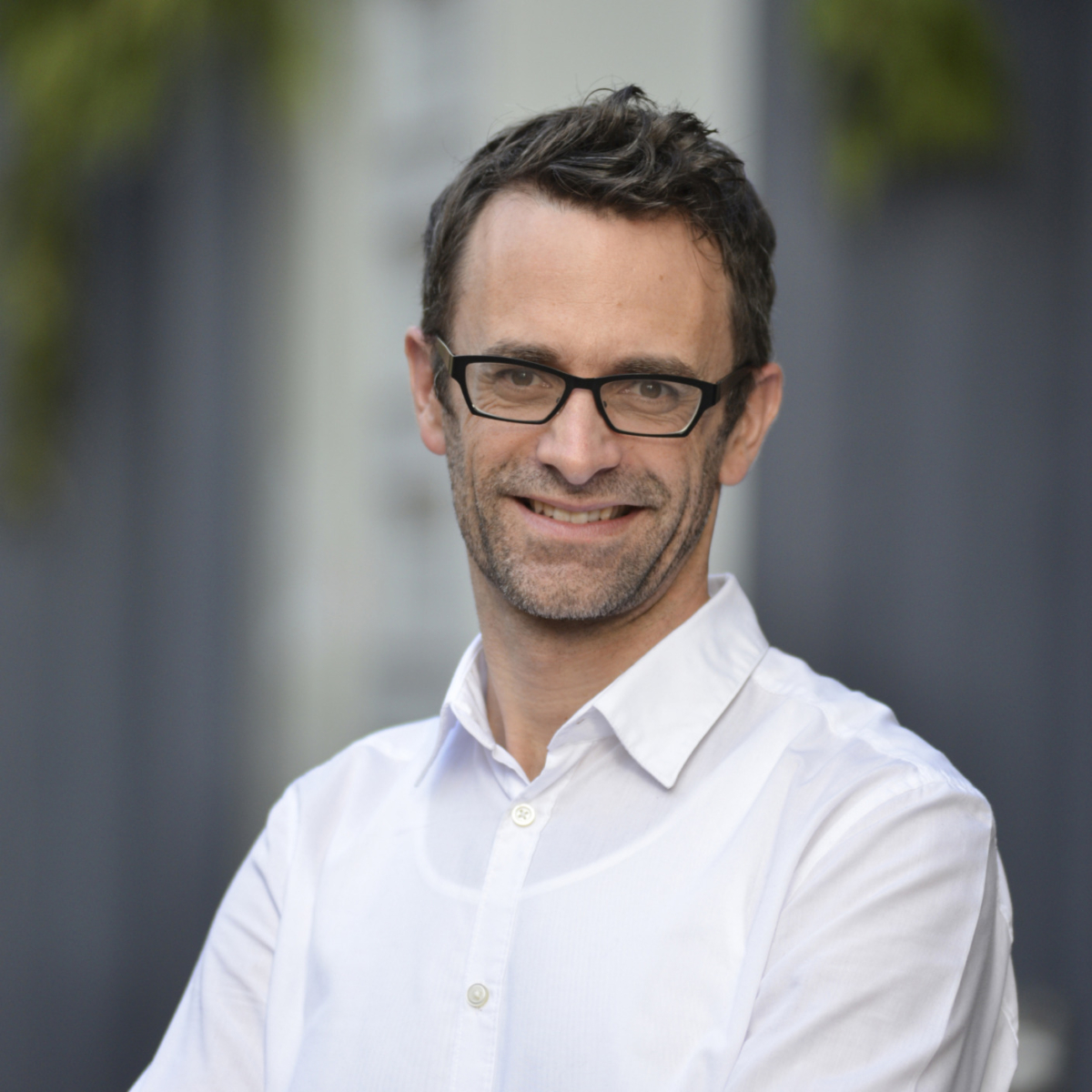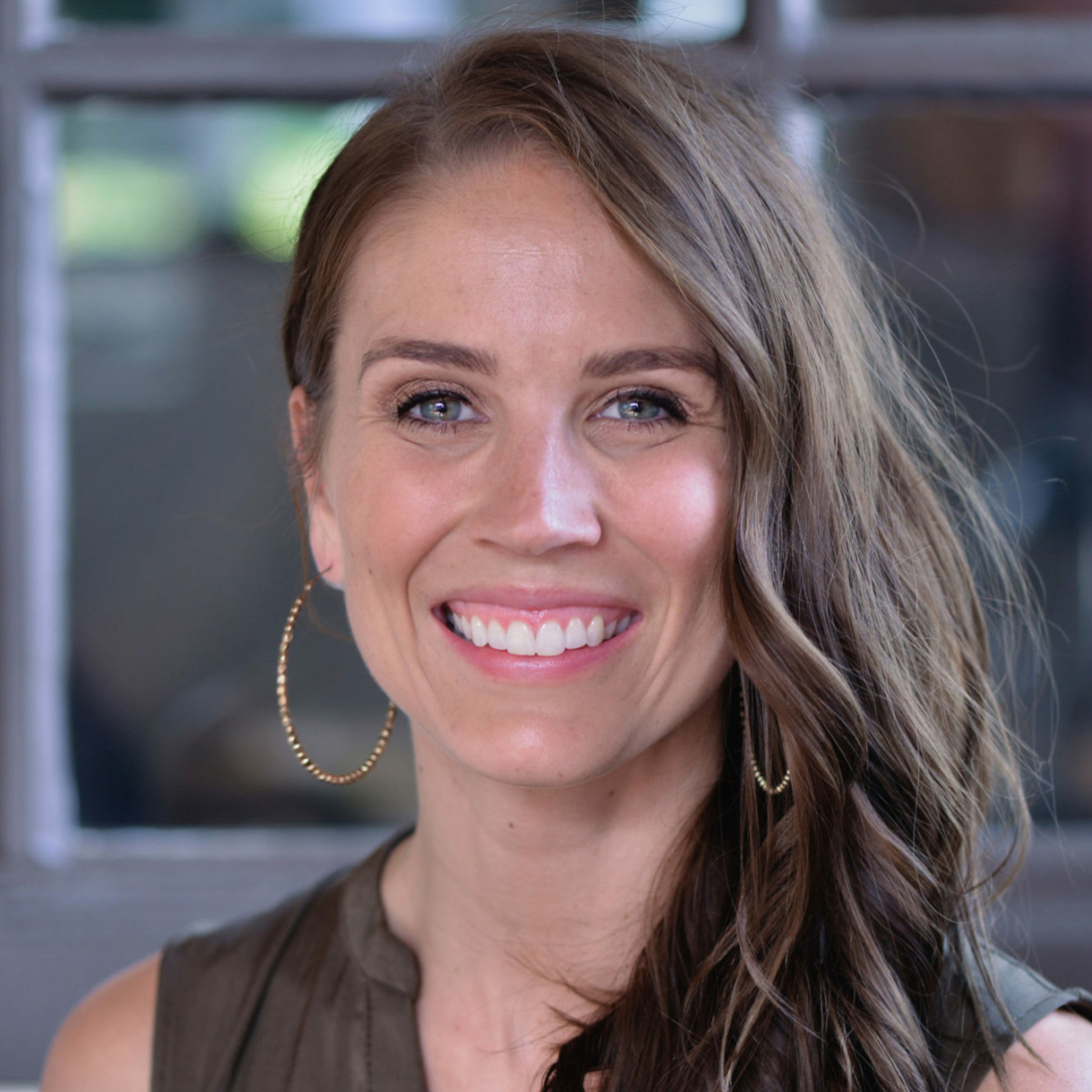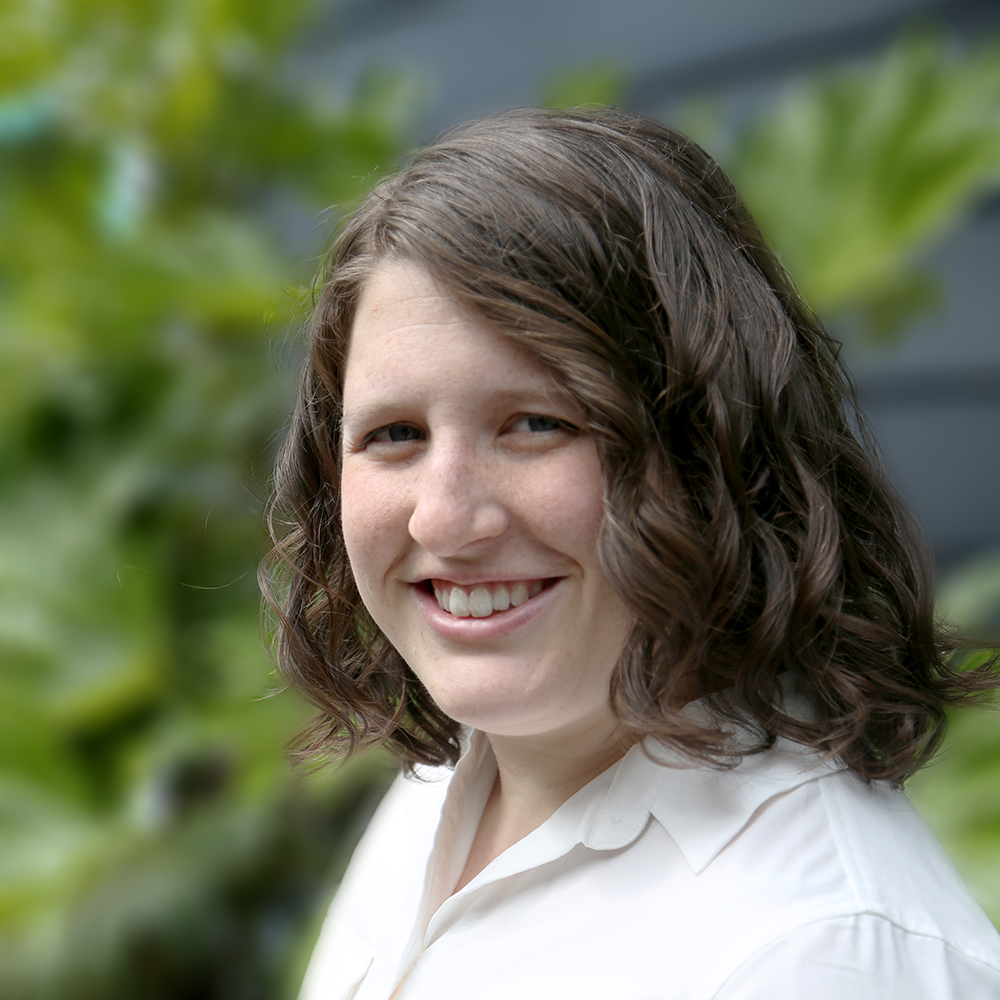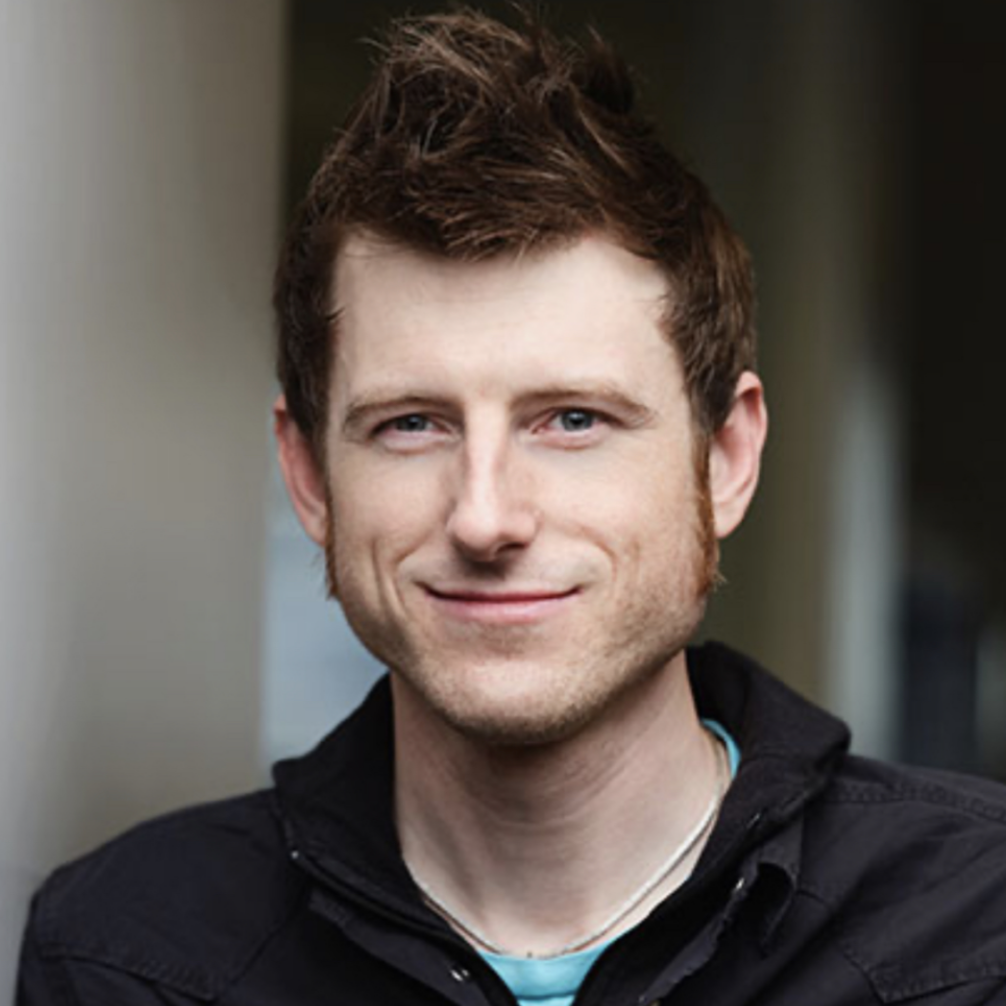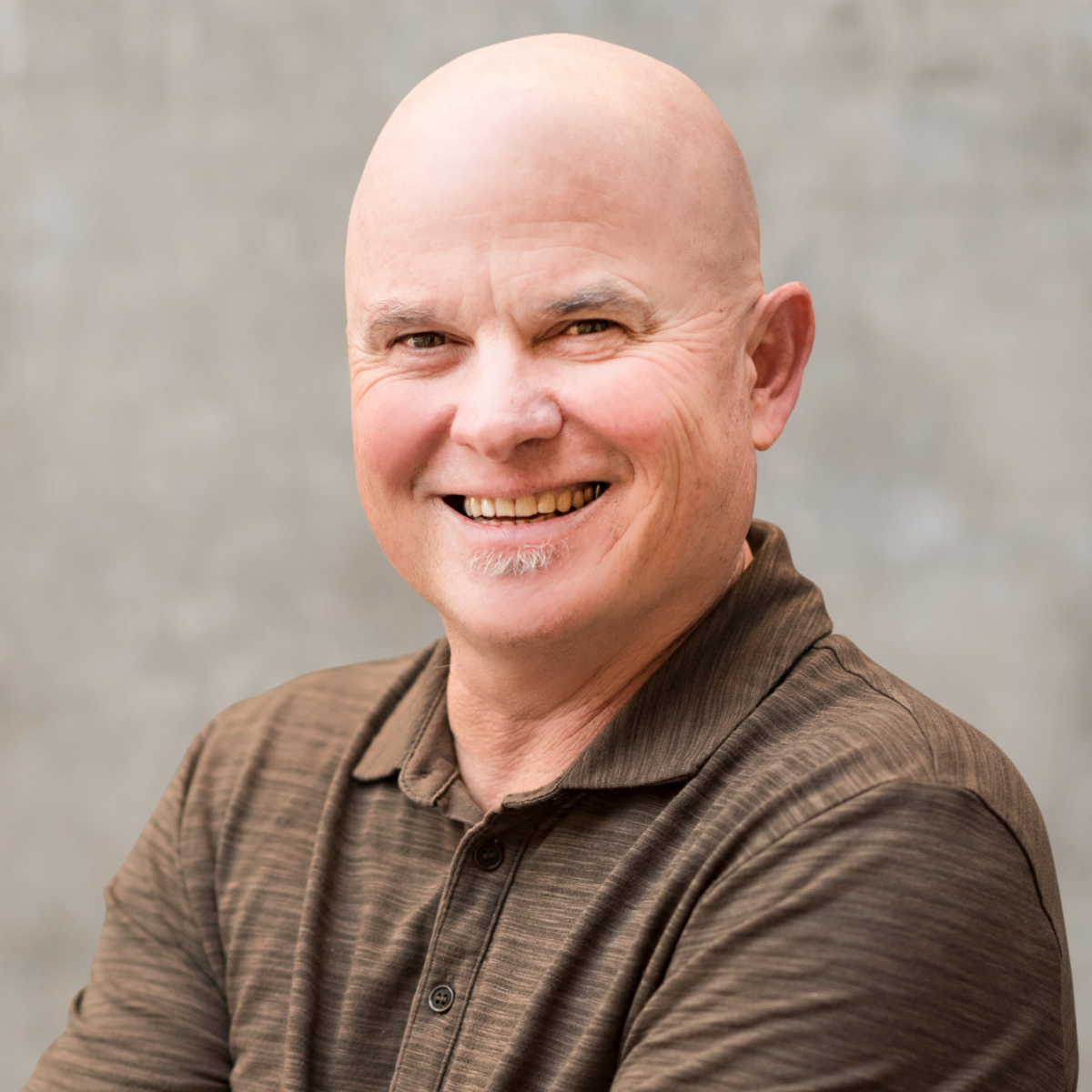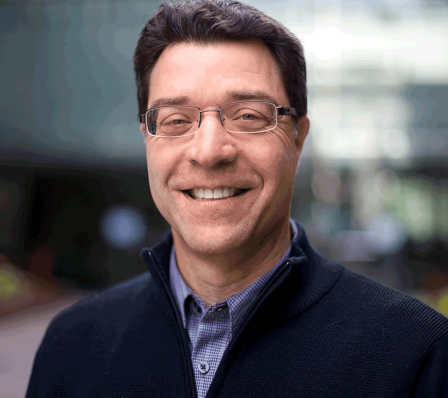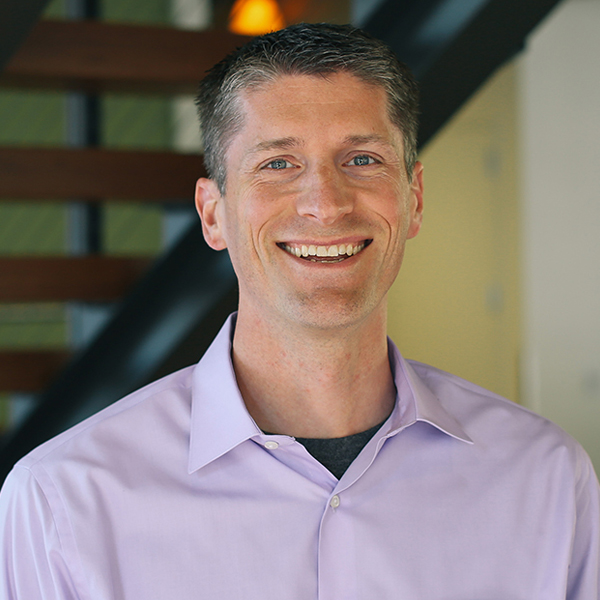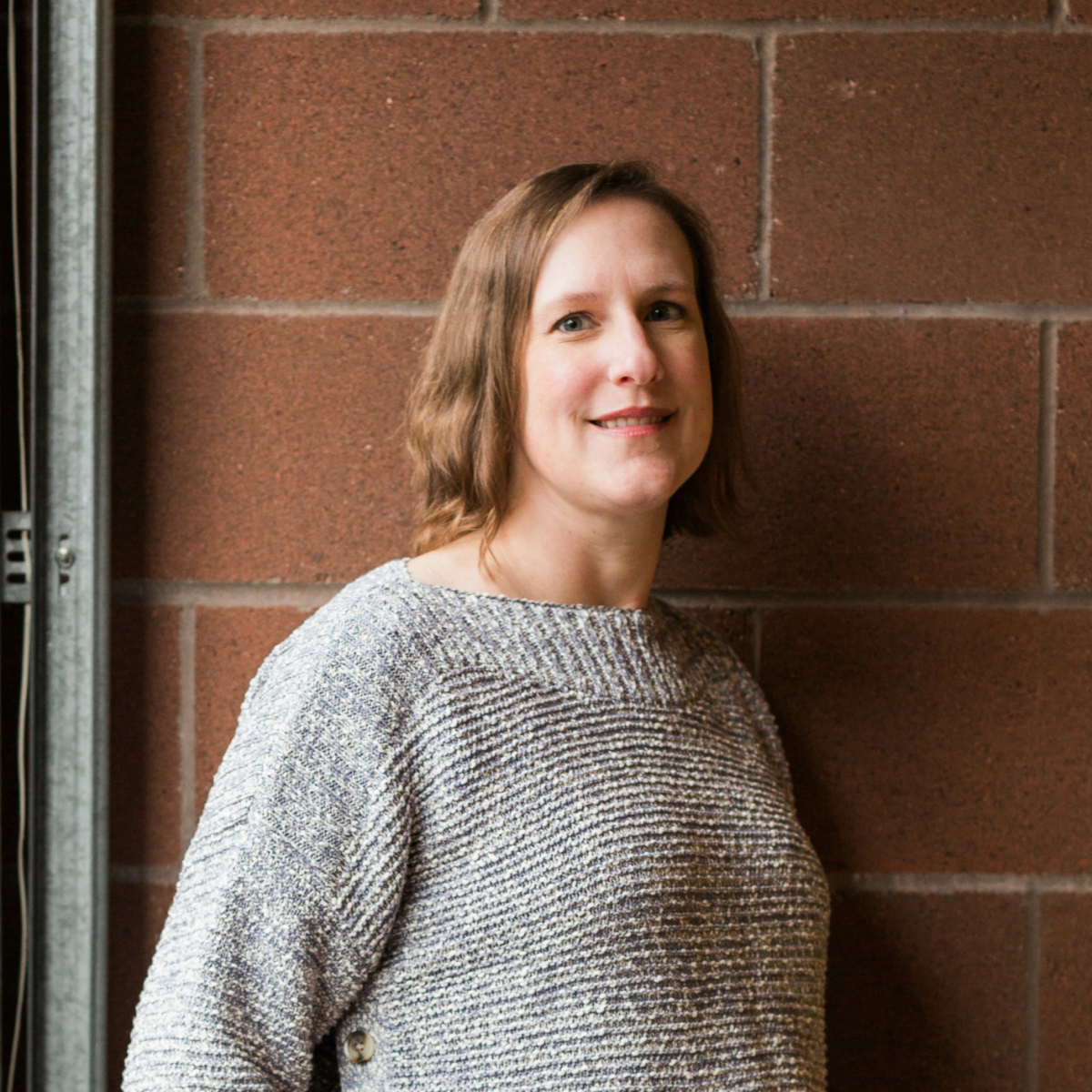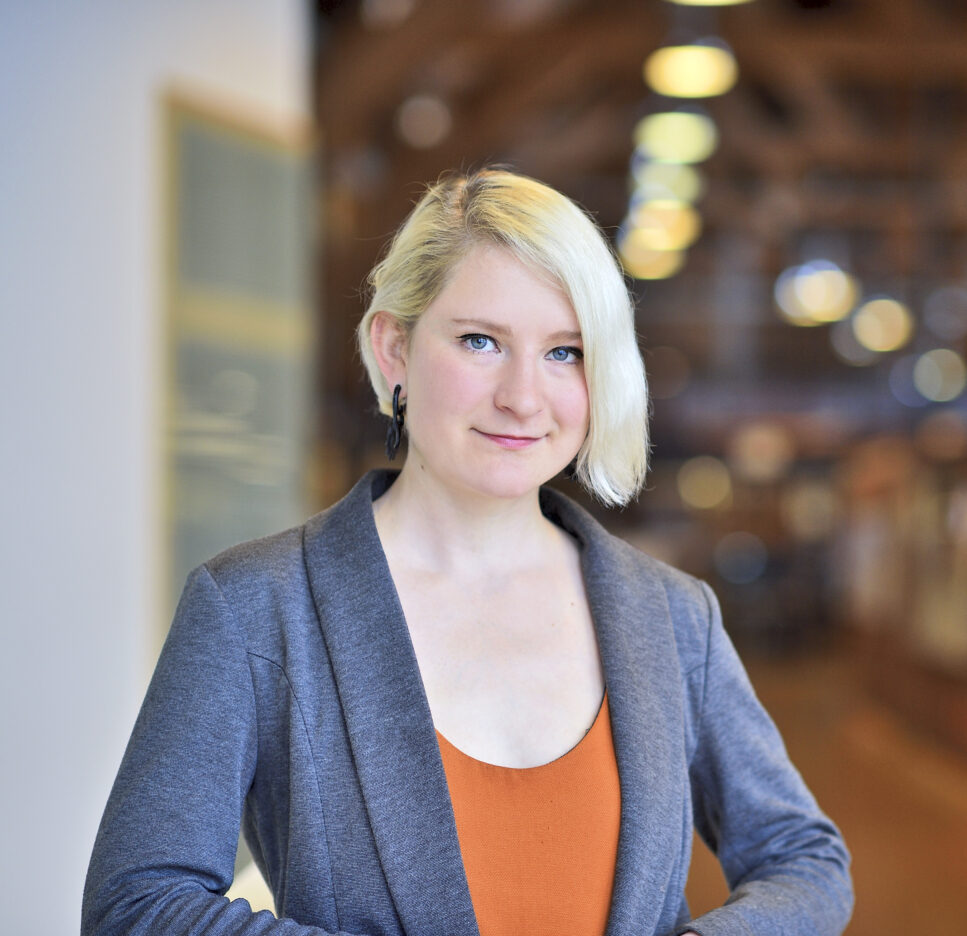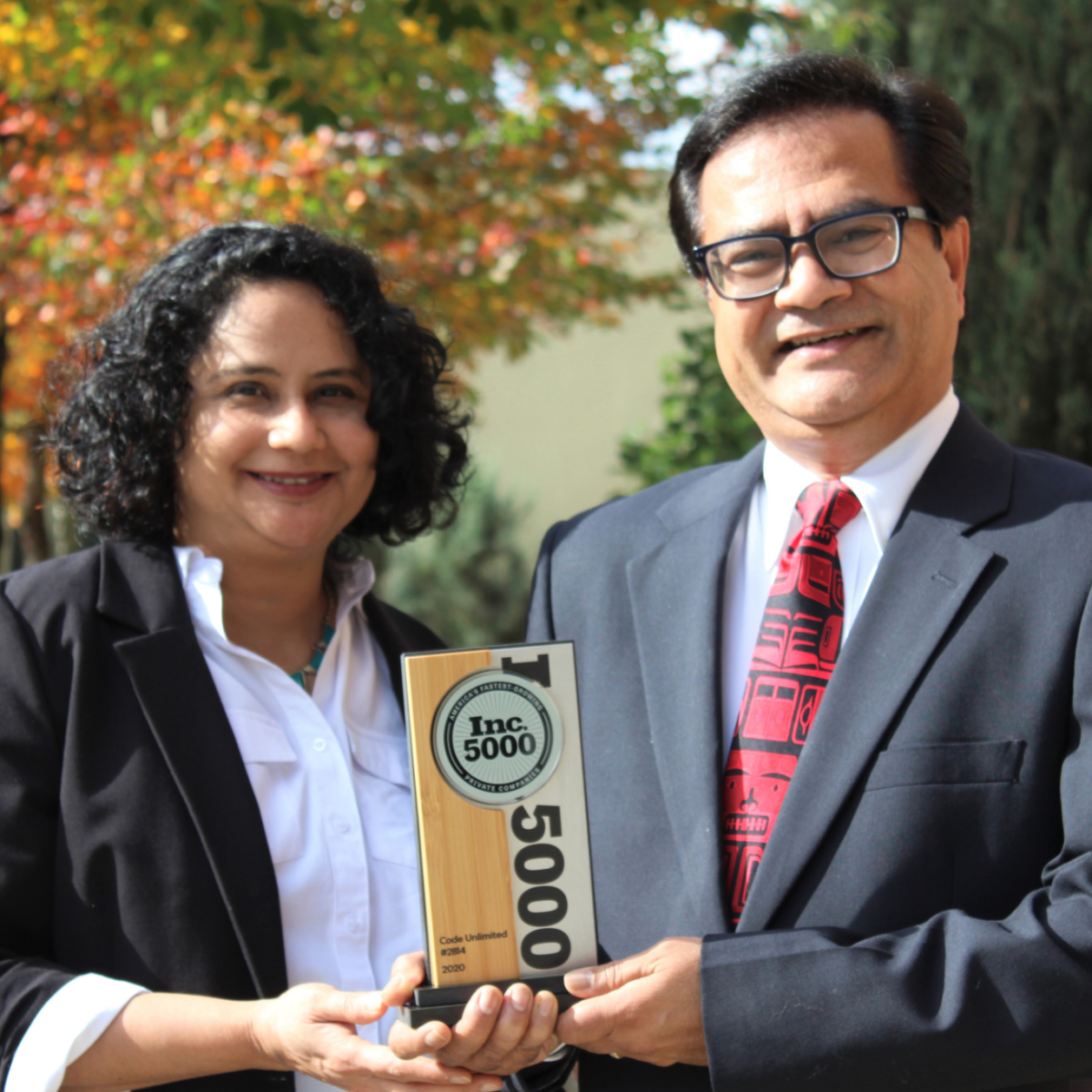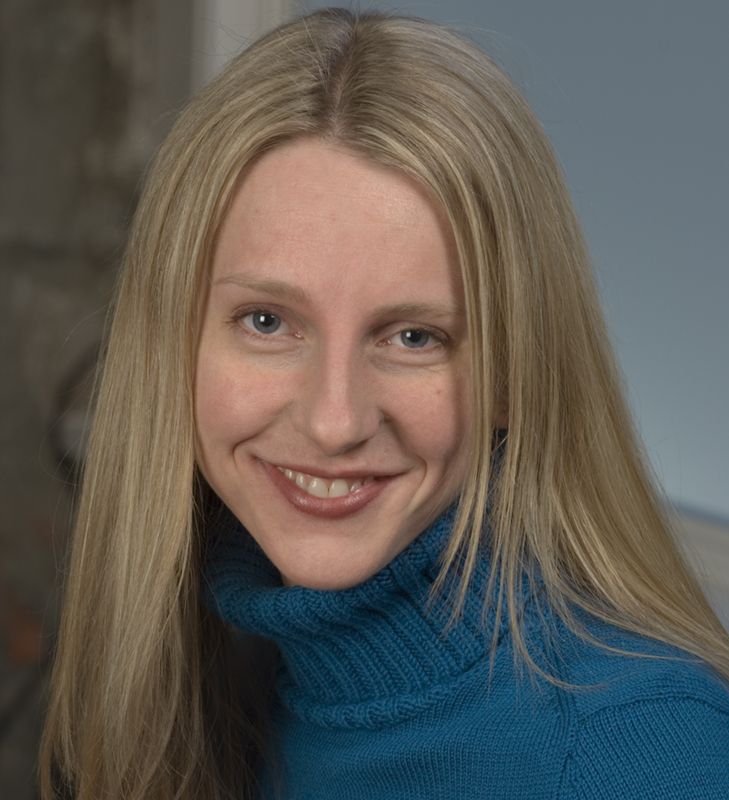INTERESTED IN PARTICIPATING IN GTZ SEASON 2?
If you’re interested in participating in the next AIA Seattle Getting to Zero series, with new speakers and net zero design examples, click below for more information!
The second season of Getting to Zero starts October 2, 2015 – hope to see you there!
GTZ SEASON 2 KEY PROGRAM DATES
- Preparing for Net Zero on Friday, October 2, 2015 8:00AM – 12:30PM
- Design for Net Zero on Friday, October 23, 2015 8:00AM – 12:30PM
- Operations for Net Zero on Friday, November 13, 2015 8:00AM – 12:30PM
- Financing & Regulations for Net Zero on Friday, December 4, 2015 8:00AM – 12:30PM
Louisa Gaylord shares insights from AIA Seattle’s first-ever Getting to Zero series, which was made possible by an Innovation Fund grant from AIA National
Our world is changing, and with 82% of the population living in urban areas, how we design and build our cities should be changing too. LEED certifications only slow down the environmental damage that large office buildings create. But at this point, we need drastic measures that reverse the effects of years of planetary neglect. The Living Building Challenge, developed by the International Living Future Institute, is a rigorous set of building, material and operations criteria that result in beautiful, contemporary net zero energy projects. Only five buildings have achieved certification so far, but over 190 additional projects are in some sort of design, building or operation phase. Seattle is pioneering net zero energy in a new way. The city is already home to one certified Living Building, and the Bullitt Center is on track to becoming the largest net zero energy commercial building in the world.
AIA Seattle recently hosted a four-part series called Getting To Zero as an extension of the AIA 2030 program focused on supporting net zero design in the next 15 years. The series focused on giving local architects, engineers and project managers the tools to create more innovative net zero energy buildings in the Pacific Northwest. By focusing on changing the mentality of creating beautiful efficient buildings, AIA Seattle is empowering building professionals to go out and change how the world thinks about design.
The net zero energy building process starts at the beginning, surprisingly enough; before the plans are drawn, before the energy modeling of building systems, or before someone writes the first check. The design team must be assembled with the end goal – the Living Building certification – in mind, so that everyone is on the same page throughout the entire building process. Patrick Brunner, the project executive and contracting officer at the GSA who worked on the Edith Green-Wendell Wyatt project in Portland, OR, says the entire team had to change how they interacted with each other; “I didn’t hire them to do what I told them to do, I hired them to help me solve a problem I had.” Everyone involved in the process has a different perspective about the project and brings an individual set of interests. Collaborating with the entire design team from the very start is a great way to make sure everyone feels confident their concerns are being heard, and none of the minor details are being overlooked. Matthew Braun, project executive at Balfour Beatty, says that “the magic is in creating teams and leveraging their capabilities to get desired results.”
Many investors see net zero energy projects as daunting because of the large price tag associated with the certification. What they need to understand is that when the current definition of “long term” changes, everything changes with a Living Building: a traditional office building has an average 20 year lifespan, while Seattle’s Bullitt Center has a 250 year lease. Not only are monetary investments considered, but health benefits and community advantages as well. Patrick Brunner explains, “[We] have to give up the idea that the lowest price equals the maximum project.” The cost of a net zero energy building is largely front-loaded; after the building materials have been purchased and the building is operating as it should, that’s when the government grants, tax credits, and energy savings begin to reverse the initial intimidating investment.
The environment that the building will inhabit is just as important as the building itself. Every city in the world has a unique set of natural resources at its disposal, and therefore every net zero energy building will use systems that take advantage of the resources specific to that region. Seattle has ample rainfall, which the Bullitt Center utilizes with rainwater recovery systems for landscaping, and gray water for flushing toilets – a Living Building in Arizona wouldn’t be able to use the same systems with as much success. The site of the Bullitt Center is located on a hill that slopes up from Elliott Bay. Because it’s not located downtown and shaded by tall office buildings, the building has a photovoltaic array that actually extends out over Madison Street to make the best use of the city’s annual average of 152 sunny days (the US national average is just over 200 days per year). Net zero energy systems are like a regatta boat: if they’re not pulling their weight and working efficiently with the other systems, they’re keeping the building from achieving the end goal.
A standard commercial building is usually constructed to accommodate almost any tenant, then handed off to the new landlords after the project is completed. However, a net zero energy office building must be far more rigorous about the types of businesses they lease to. The future tenants must be considered while during the design process. New market tax credits and government grants limit some establishments, like those that sell alcohol. Others, like coffee shops and cafes, wouldn’t fit with the energy use and waste water production goals needed for the Living Building Challenge. Justin Stenkamp, who worked on the Bullitt Center’s mechanical systems with PAE, explains that “it doesn’t matter if you’re plugging in a laptop or flushing a toilet, you’re really aware of how you’re impacting the building’s ability to meet its performance goals.”
Once the tenants have moved into their new space, the building project isn’t even close to being finished. To achieve the Living Building Challenge, buildings must submit their energy and waste statistics for twelve consecutive months while fully leased, to prove that the net zero energy building is functioning as designed. It’s recommended that owners have a 12 to 18 month “tuning period” to assess and adjust the building systems. Patrick Brunner says, “It’s not that it’s designed incorrectly, it’s that you need to watch how the tenants use the building.” The Bullitt Center had training sessions on how to use the kitchens and composting toilets, and started using suggested language. The building elevator is nestled deep in the center of the building where it’s only accessible to people who consciously choose to use it; instead visitors and tenants are drawn to the bright, open stairwell, nicknamed “the irresistible stair.” Brunner says that to operate the building at optimal performance levels, “we wanted the tenants to buy into the idea that we needed their help.”
Rob Harmon, founder and CEO of EnergyRM, is entirely correct when he says that “there’s a lot of heartache and bloodshed involved with being this far ahead on the cutting edge of net zero.” But the good news is that it’s going to get a lot easier. By pioneering the design and construction of a six story net zero energy commercial building, the Bullitt Center and the City of Seattle are figuring out together how to collaborate so everyone wins. The Center uses the city power grid like a battery – taking energy in the darker months, and giving back energy surplus from its PV array in the brighter months – something that has never been explored before in Seattle. A delicate balance between landlord, tenants and city had to be achieved. But now that it’s been done, the Bullitt Center will prove that it’s possible and act as a working model for more Living Building projects, both in the Pacific Northwest and around the world. Net zero energy buildings will change how architects see aesthetics, how engineers see energy modeling, how landlords see tenants, and how the community sees its future. This changes everything.
Learn more about author Louisa Gaylord and explore her other work at louisagaylord.com.






